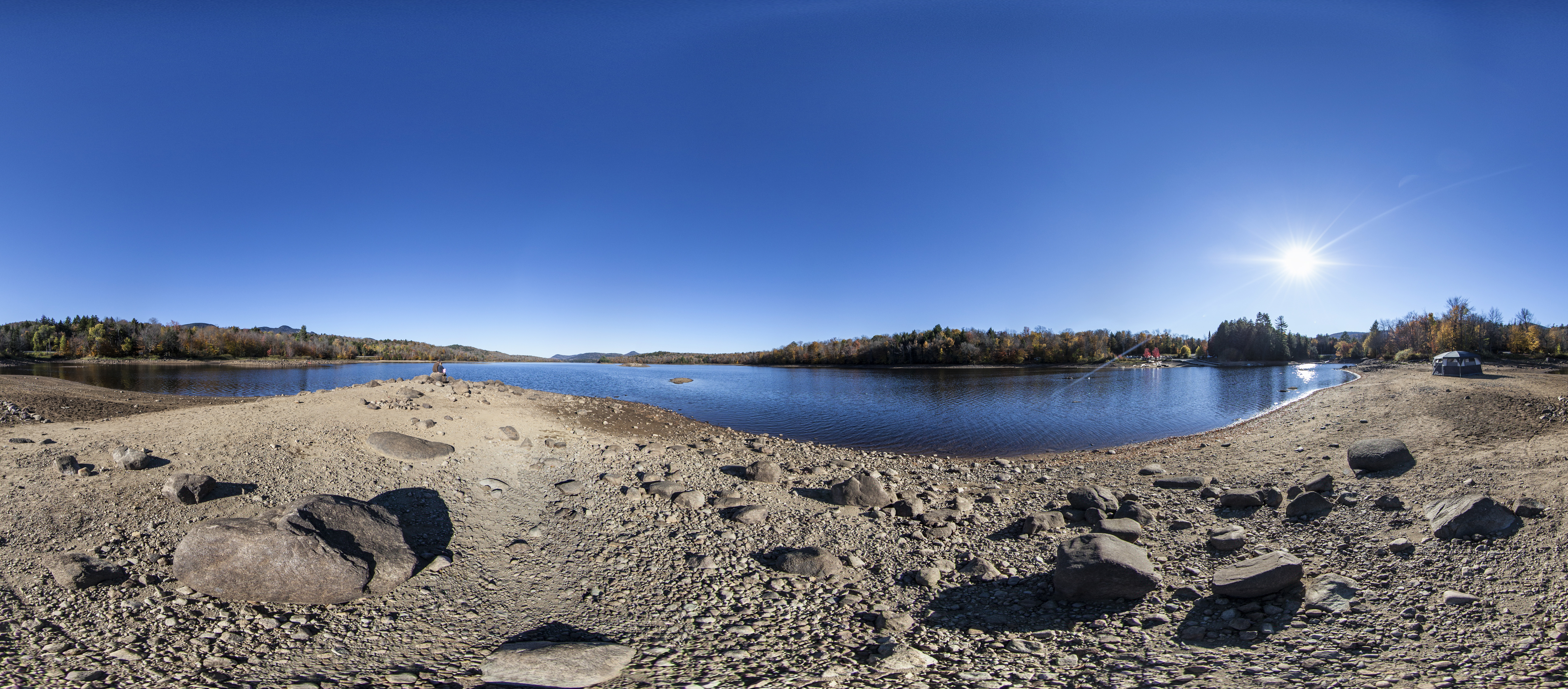Schroon Lake Welcomes New Businesses
Submitted by guest blogger, Susan Repko
Walking down our classic Main Street just became more enjoyable thanks to a few new businesses. The local folks are glad to see that more storefronts are happily occupied. Now you can buy what everyone wants on vacation – T-shirts and candy.
Being curious and a bit nosy, I entered the stores to meet the new owners. They were all friendly and proud to talk about their business adventure.
Not just another T-shirt shop
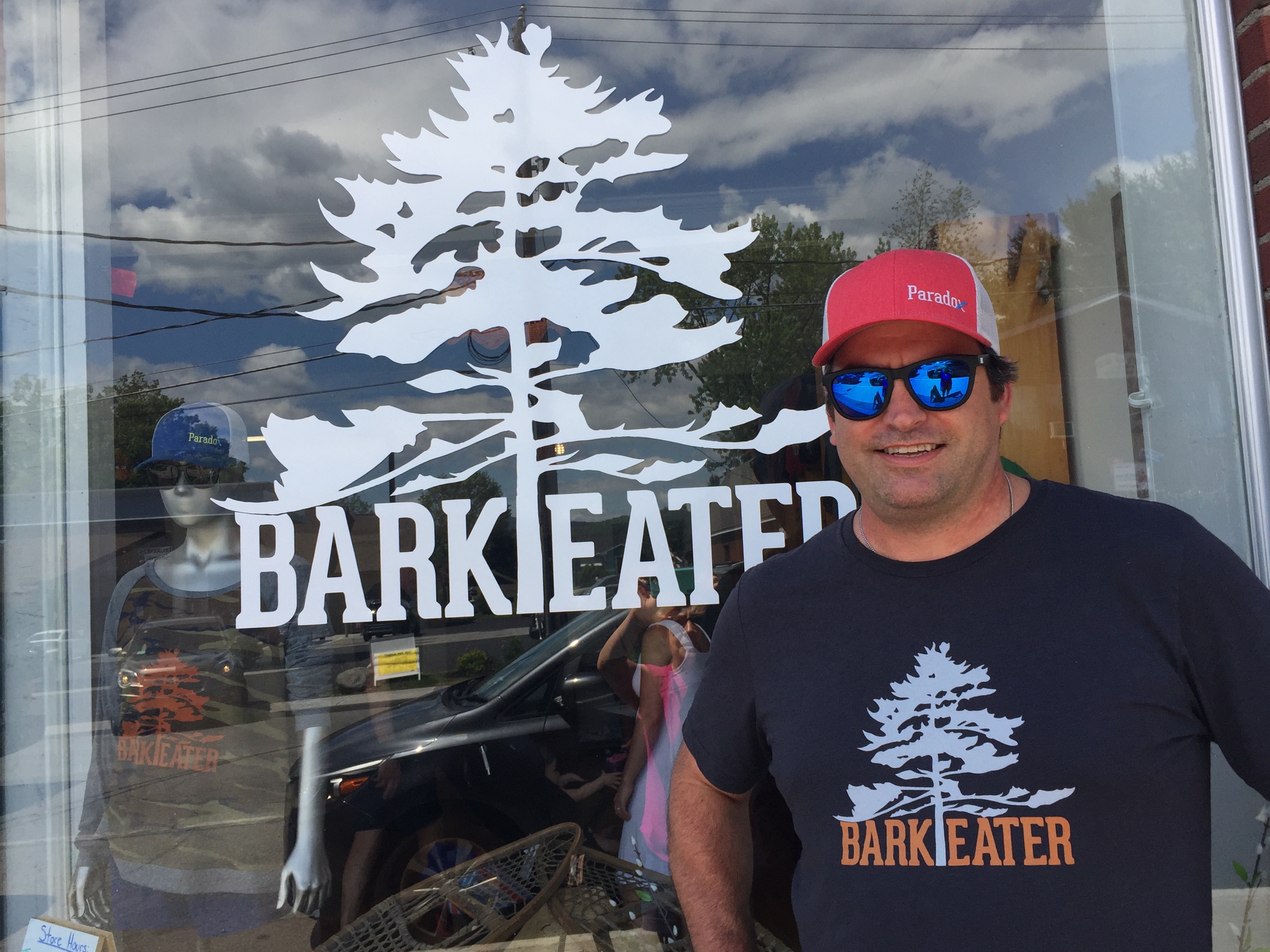
Don Demers is part owner of Bark Eater Outfitters, a shop that offers Adirondack-inspired apparel for men and women. Their outdoor wear includes T-shirts, pants, and hats, and is designed to reflect the forever wild attitude. This is not your typical clothing store — I was pleased to learn that they also promote hiking and donate a portion of sales to the Adirondack Mountain Club and the Birth to Three Alliance.
You might wonder what the term “barkeater” means. Don explained that the word Adirondack actually means barkeater. The Mohawk tribe referred to their Algonquin neighbors as “tree eaters” because they would eat from the inside of the bark of the eastern white pine when food was scarce.
I asked Don why he chose Schroon Lake, and he said like many residents he enjoyed visiting the Adirondacks with his parents as a teenager. Later he saw a unique opportunity. After years of talking, he took the plunge and opened Bark Eaters Outfitters. He is planning more interaction with the community through seminars on fly fishing and survival skills. He finds that Schroon Lake is a unique and quiet place since it is located between Lake George and Lake Placid.
A candy store is a perfect fit on Main Street
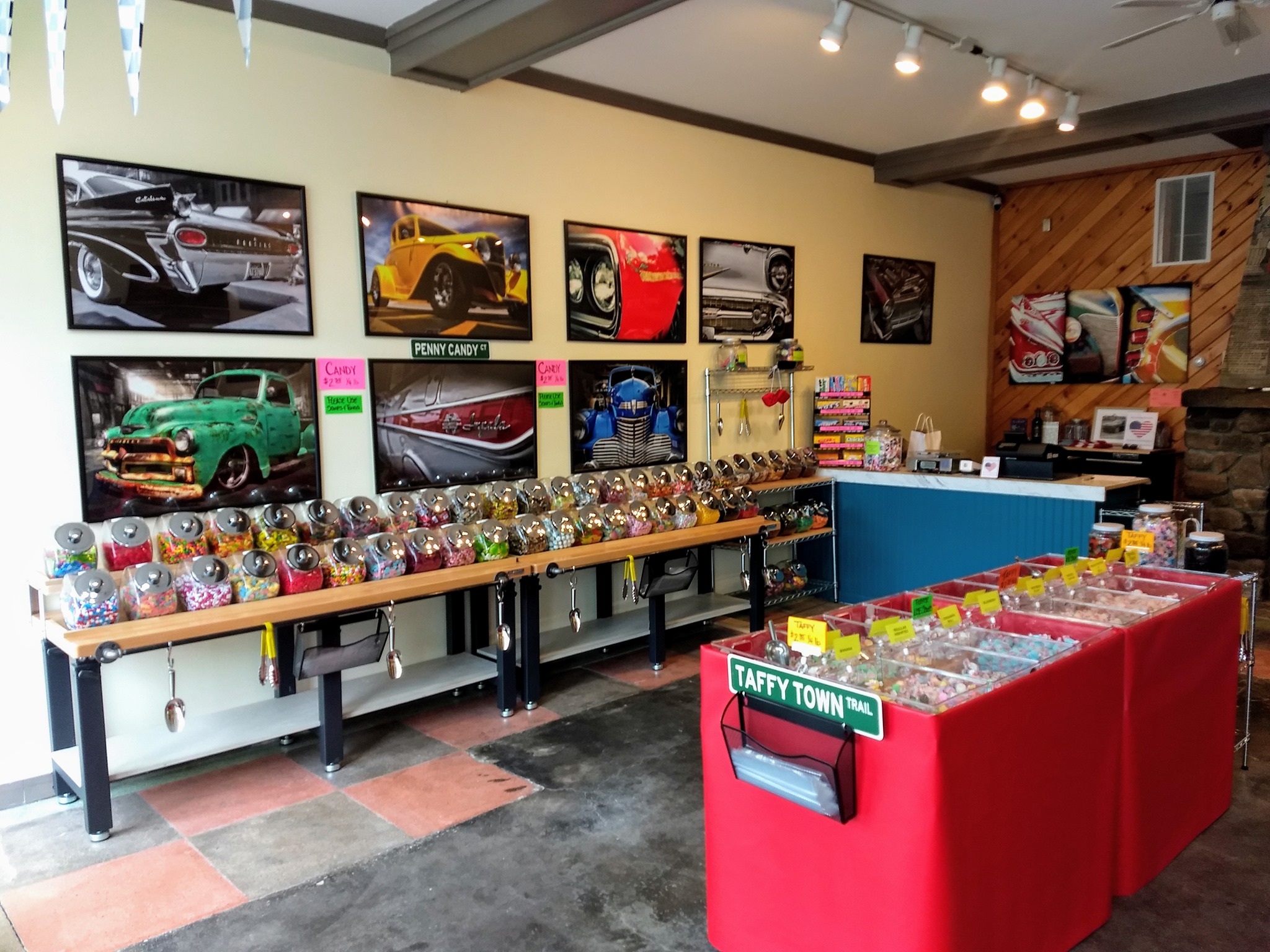
If you have any children in your life, the Pit Stop Sweet Shop is where they want to go. When you enter the store, you experience a wonderland of sweetness. There’s a wide selection of old-fashioned candy, taffy, and fudge. Children of all ages enjoy walking around the store and choosing which sweet thing to drop in their paper bag.
Laura Lane, the store’s owner, makes the fudge herself and remarked that orange cream was the most popular choice – a surprise to me. I’m a sweetaholic and believe that fudge must be chocolate. As for the gummy candy, children are delighted to find the giant bullfrogs.
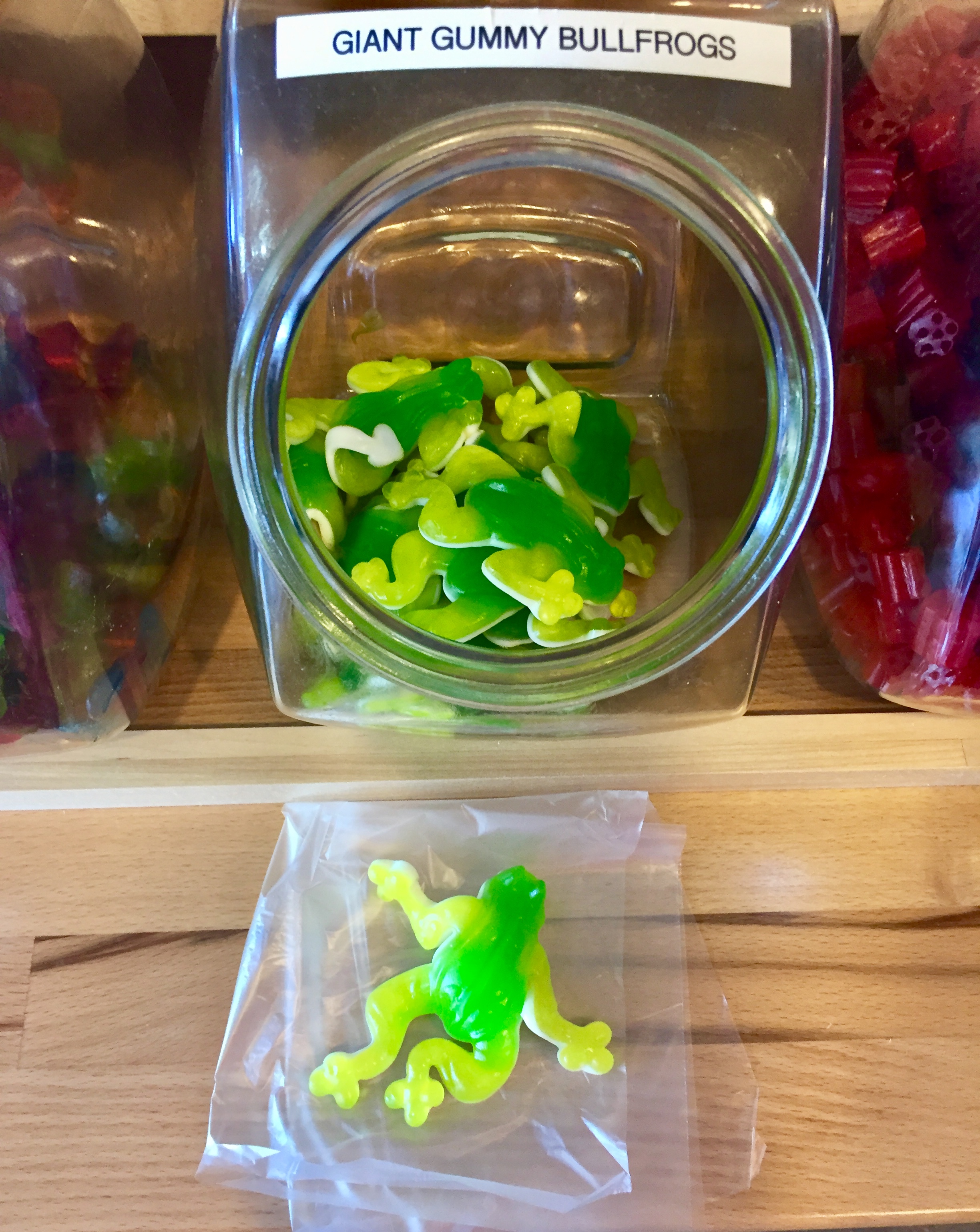
I asked Laura why she chose such an unusual name for her candy store, and she said, “I just love classic cars and classic candy.”
Laura has been coming to the Adirondacks since 1970 and loves Schroon Lake since “The town and lake are one and the same. The town has been very welcoming to us and the store”.
As we talked, a group of tweens entered the store and obviously enjoyed shopping and comparing their candy choices. As I walked out with a square of chocolate fudge in hand, another family walked in and smiled at seeing the classic candy store.
Old meets the new at Pitkins
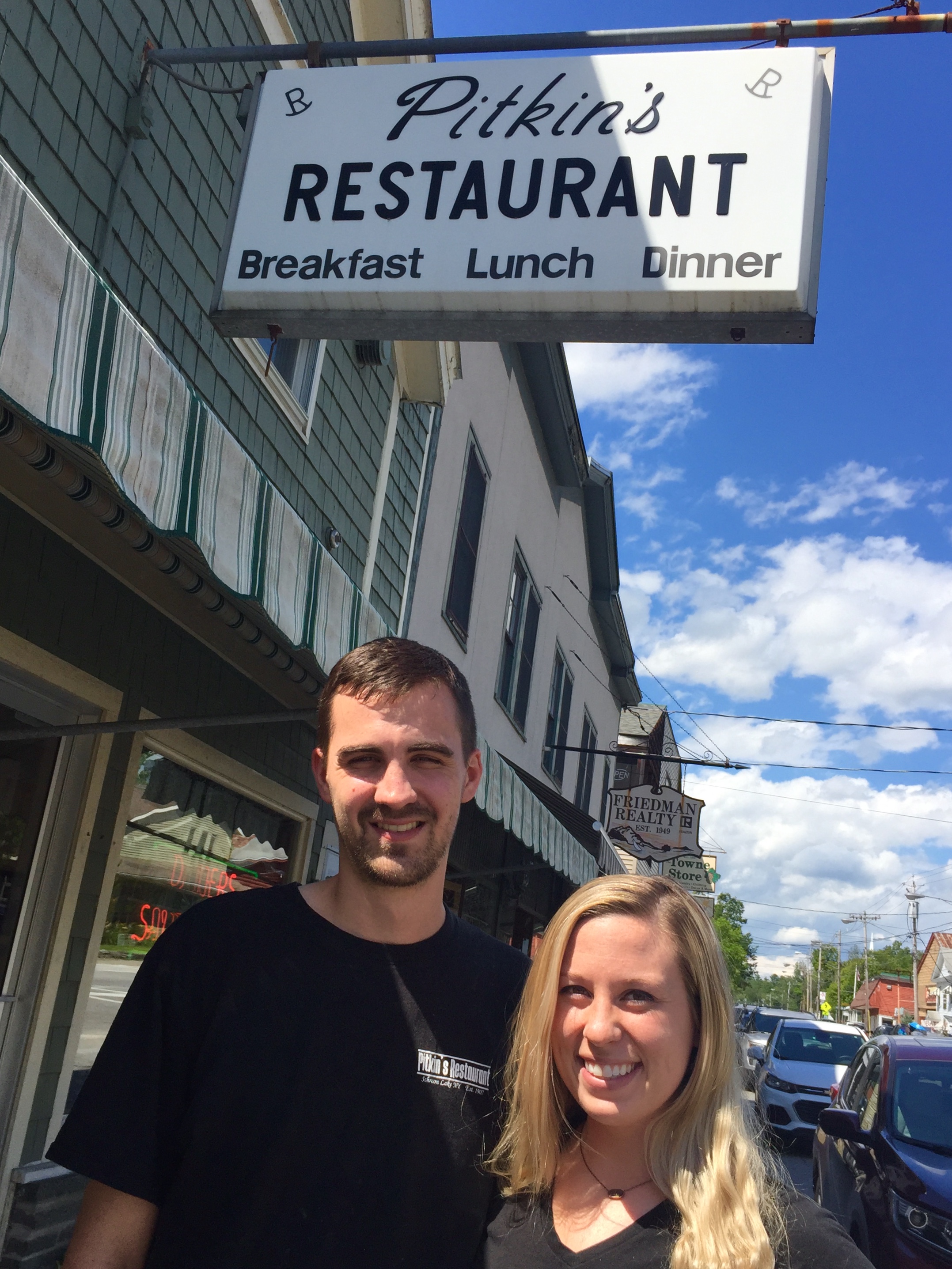
Pitkins Restaurant has been a well-loved restaurant on Main Street for 112 years. New owner Adam McCall started in May with an expanded menu. The ratings for the restaurant are high both online and on the sidewalk. Recently I sat down with Adam in a booth to chat about his experience so far.
Adam is grateful to the former owner, Marie Wilson, who has volunteered to mentor him through the transition and make her famous pies. This is a win-win for everyone, including the customers who get to enjoy old favorites and try new ones. He is also happy that the staff is reliable.
Adam confided, “One challenge is finding the balance with keeping things the same and yet changing them at the same time.”
As a regular customer, I believe that he has found the sweet spot. The menu now includes gluten-free offerings and lighter fare, like salads. Pitkins is also kid-friendly and is a great place for a conversation over coffee and pie with friends or a meal with the family.

But those pies! In the Adirondacks, pie is a food staple and Pitkins has a delicious variety. Before reading the menu, I always check out the pies of the day that are listed on a blackboard. Fancy restaurants just don’t have such homemade pies — they are only found at the bottom of a menu in small town diners.
“So, Adam, how are you doing so far?” I asked.
“We’re tired and the kitchen is hot, but we have found the town to be welcoming, nice, and kind.” Adam is renovating the upstairs and will move to Schroon Lake soon.
Stop by more of our local shops and eateries on your next Schroon Lake getaway.
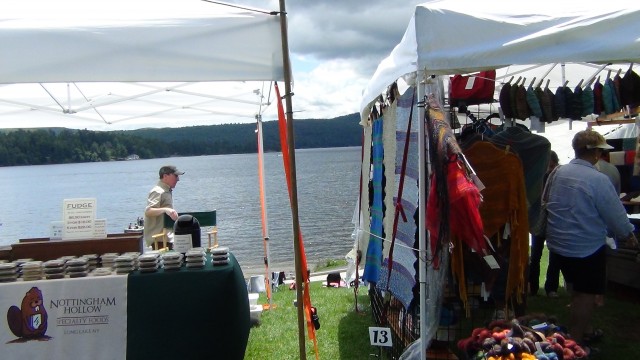
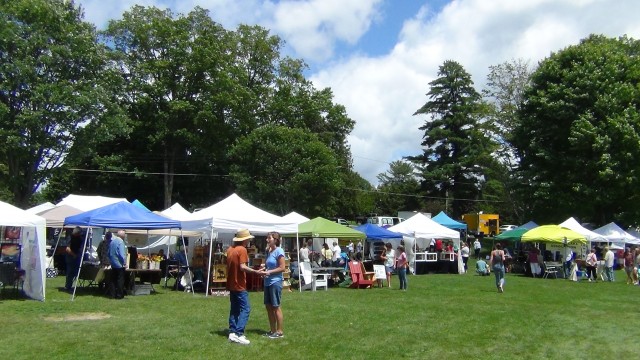

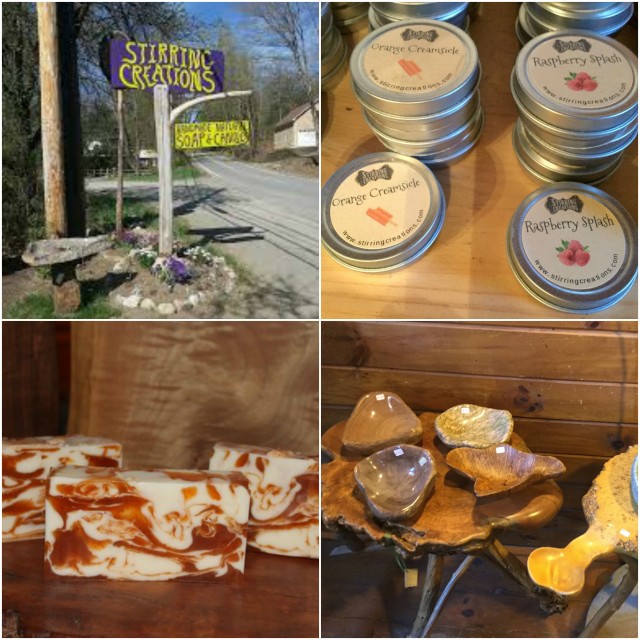
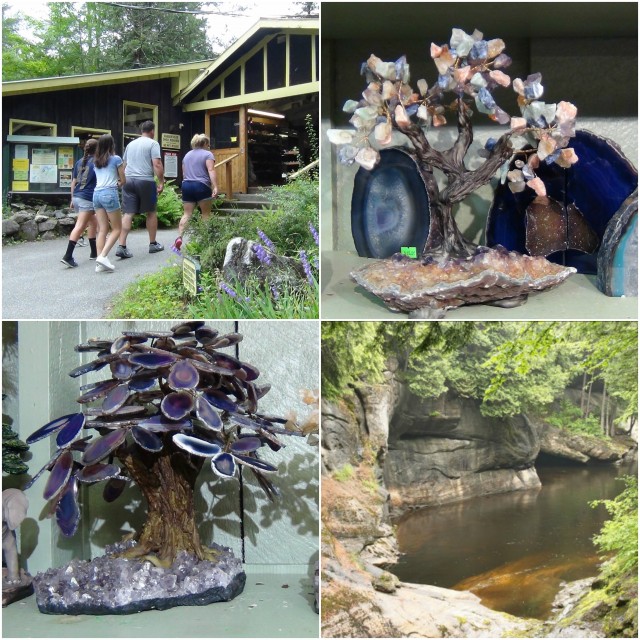
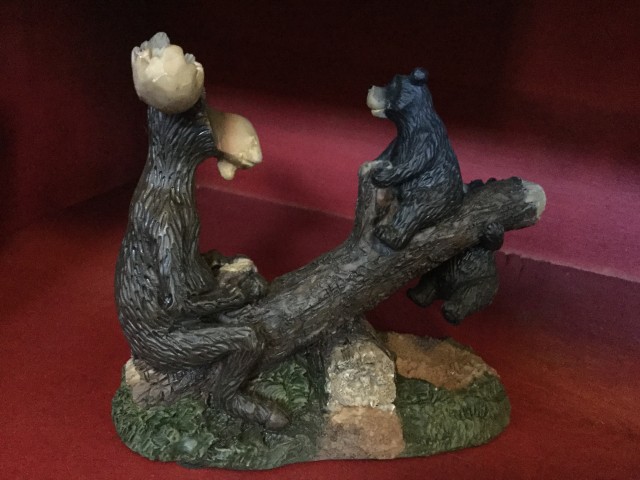



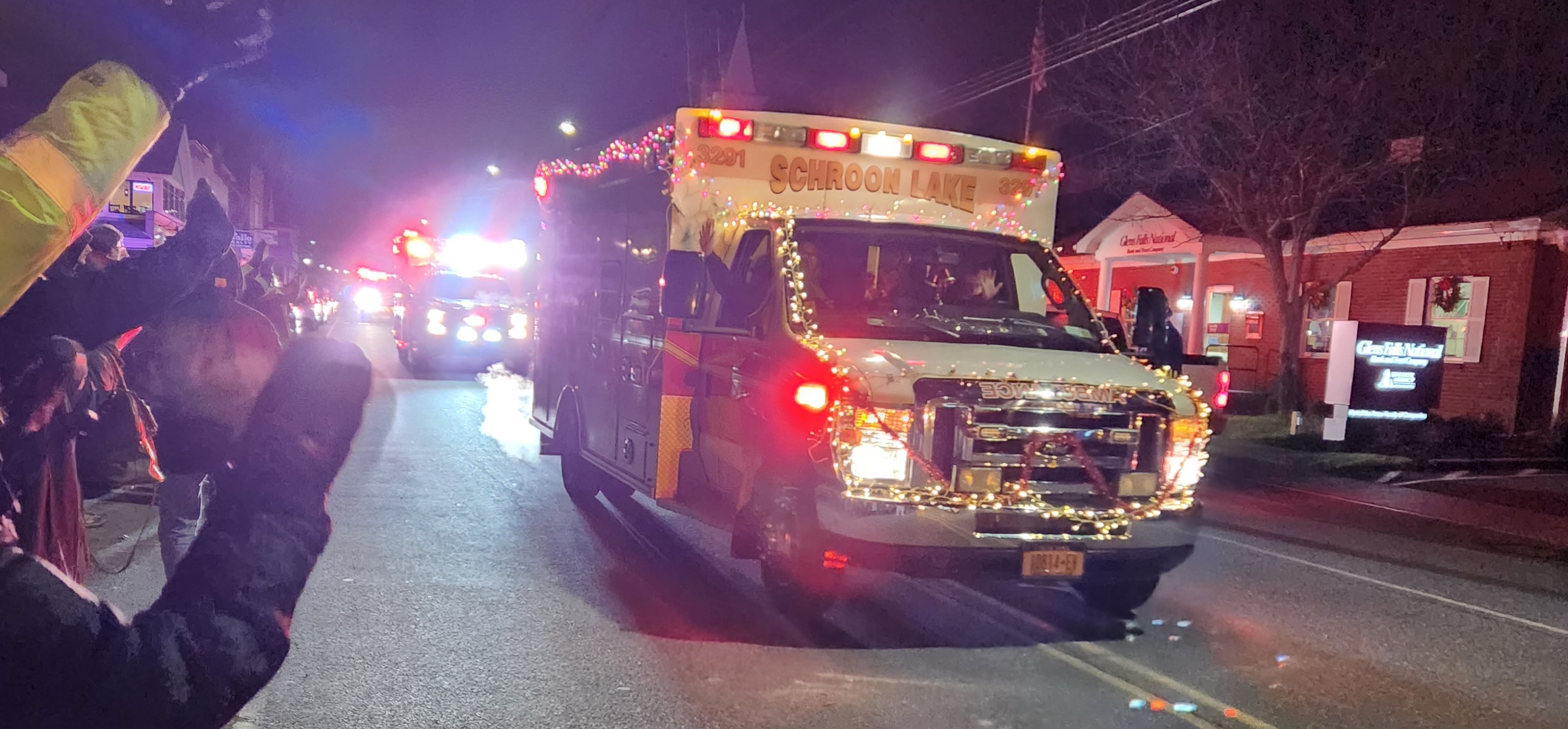

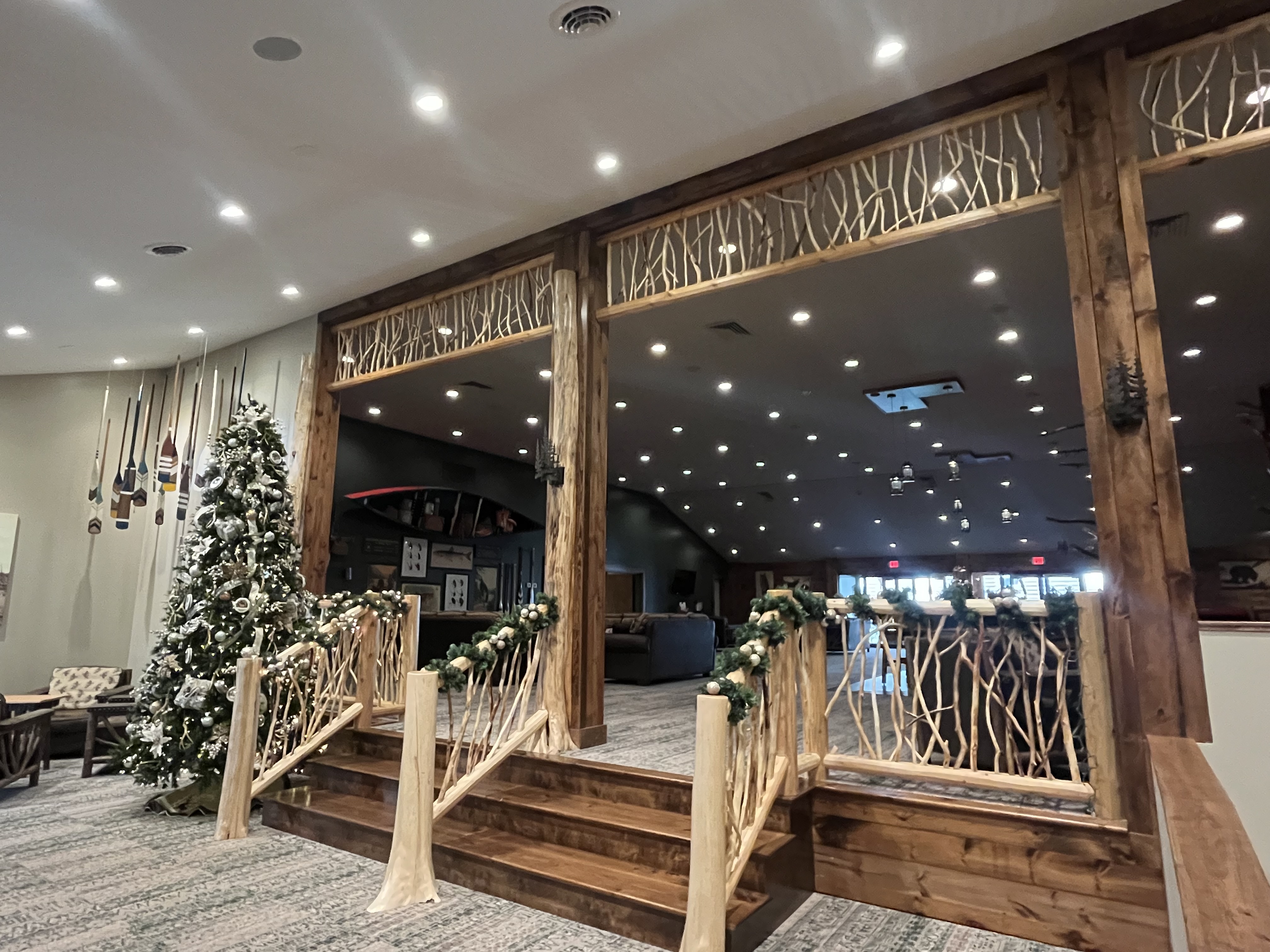
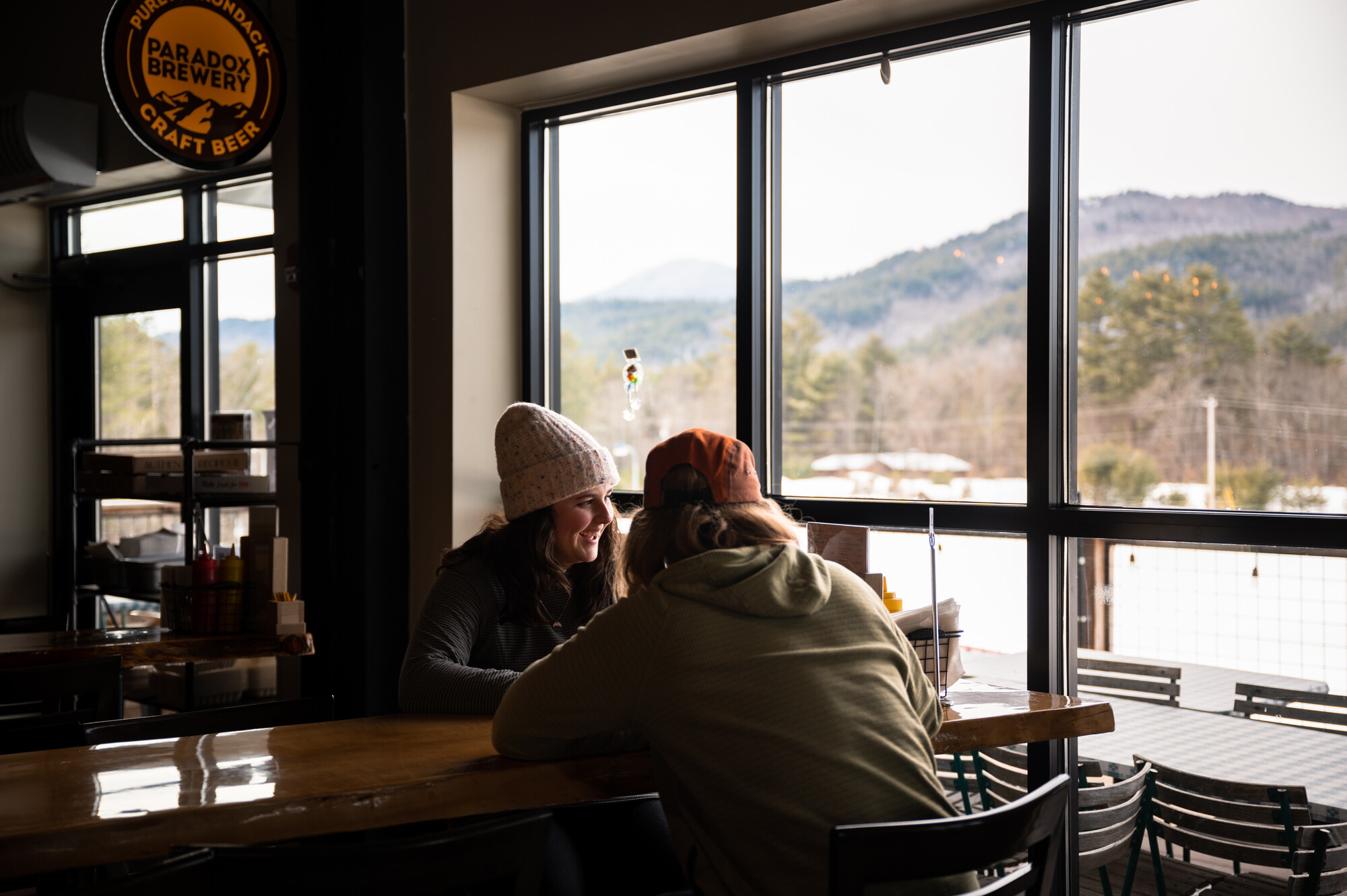
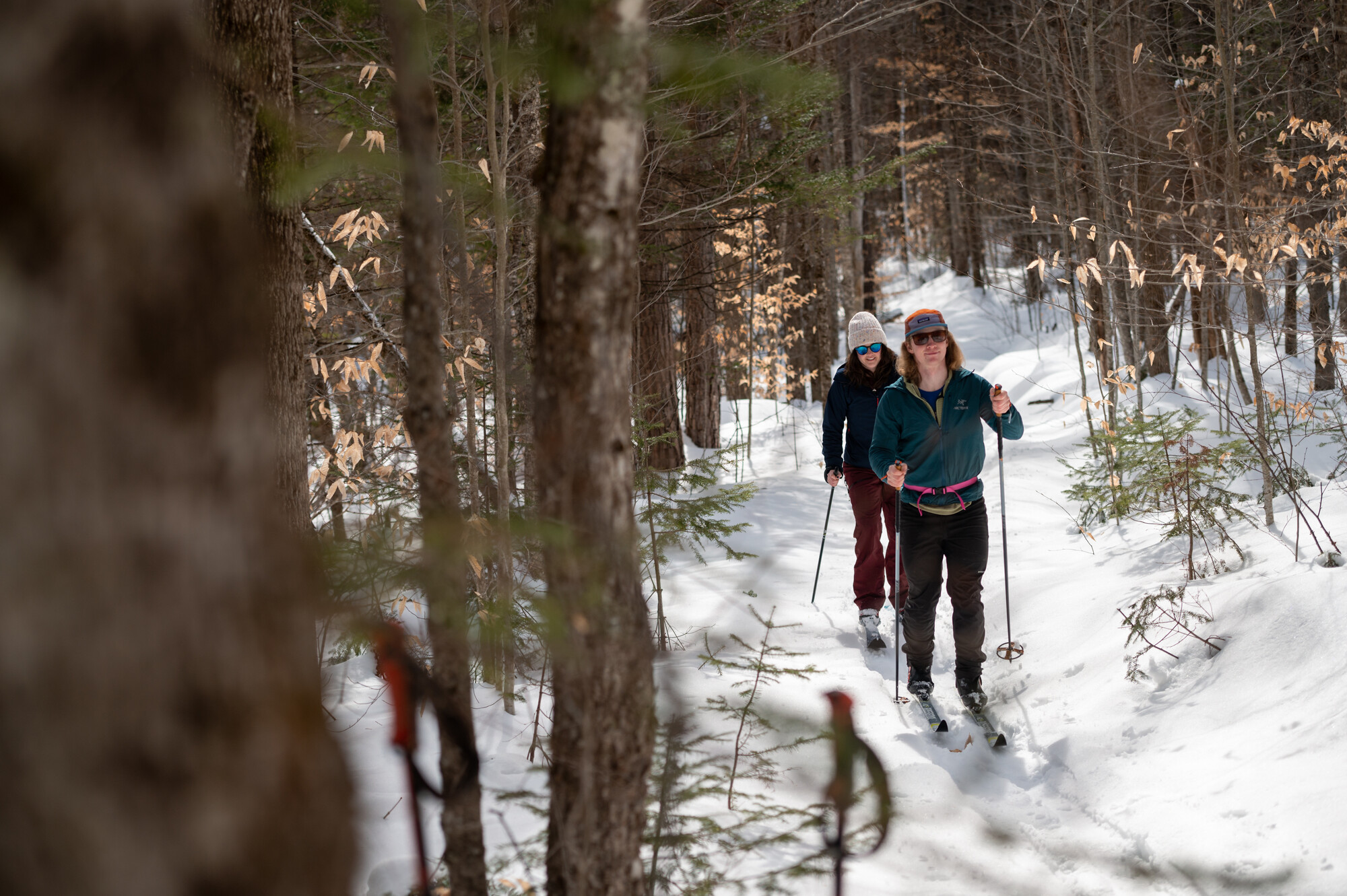

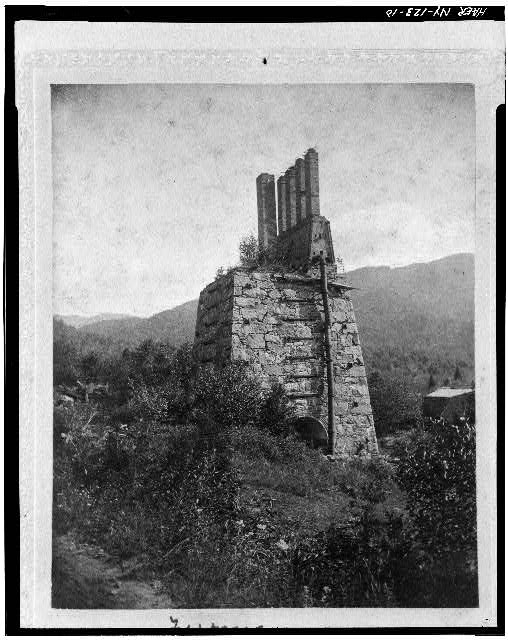
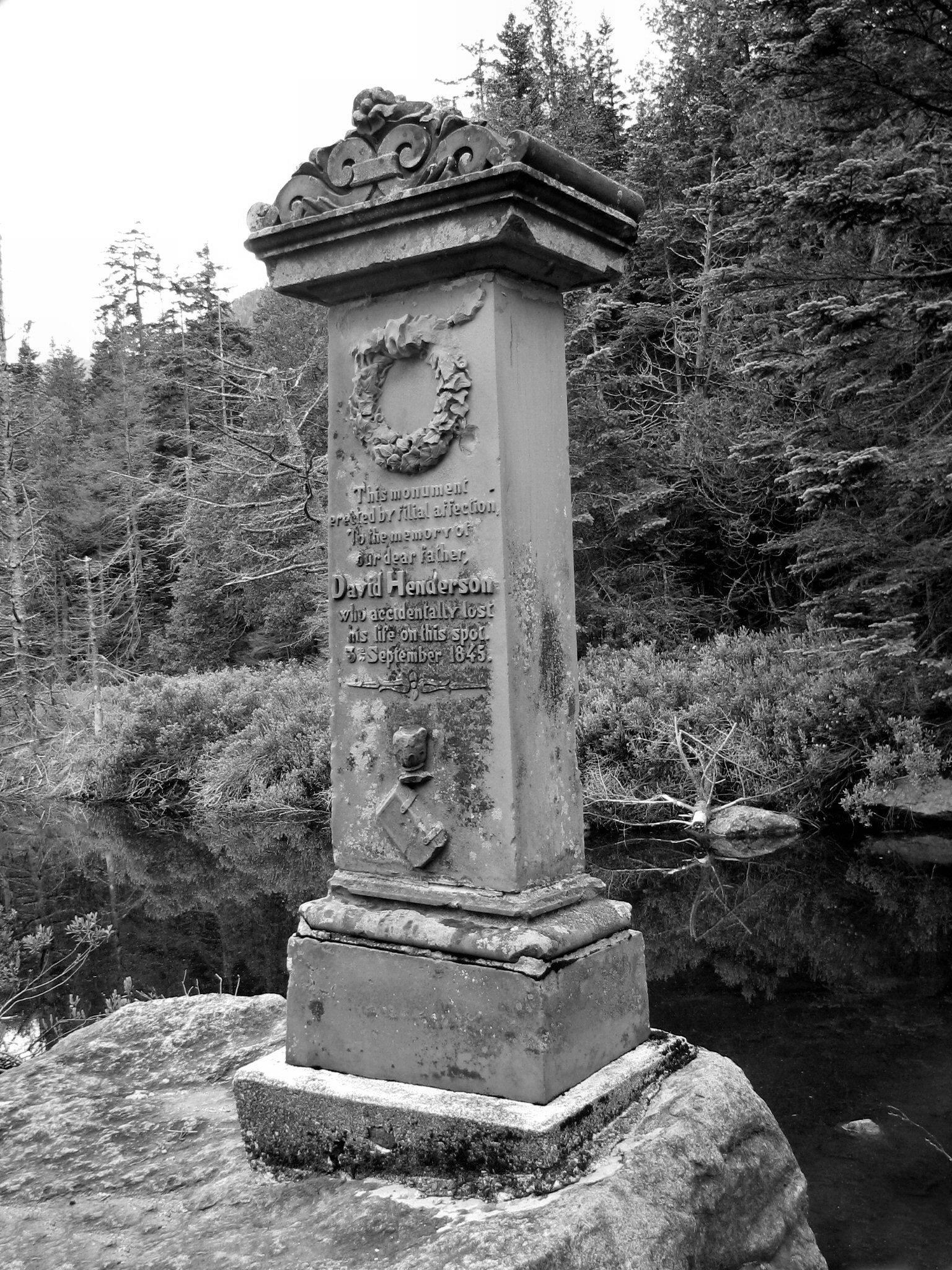
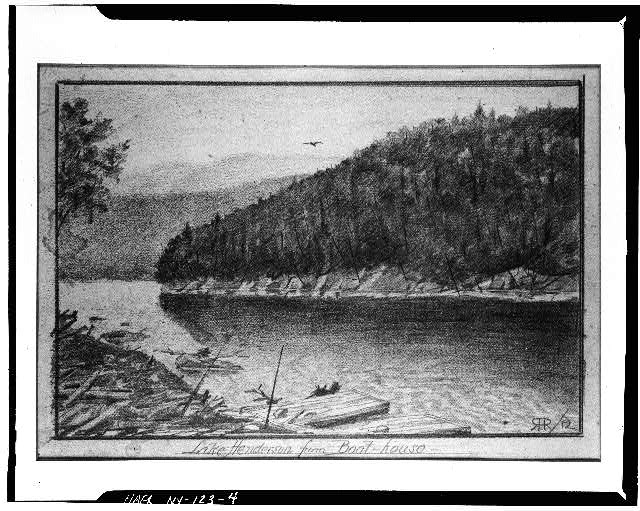

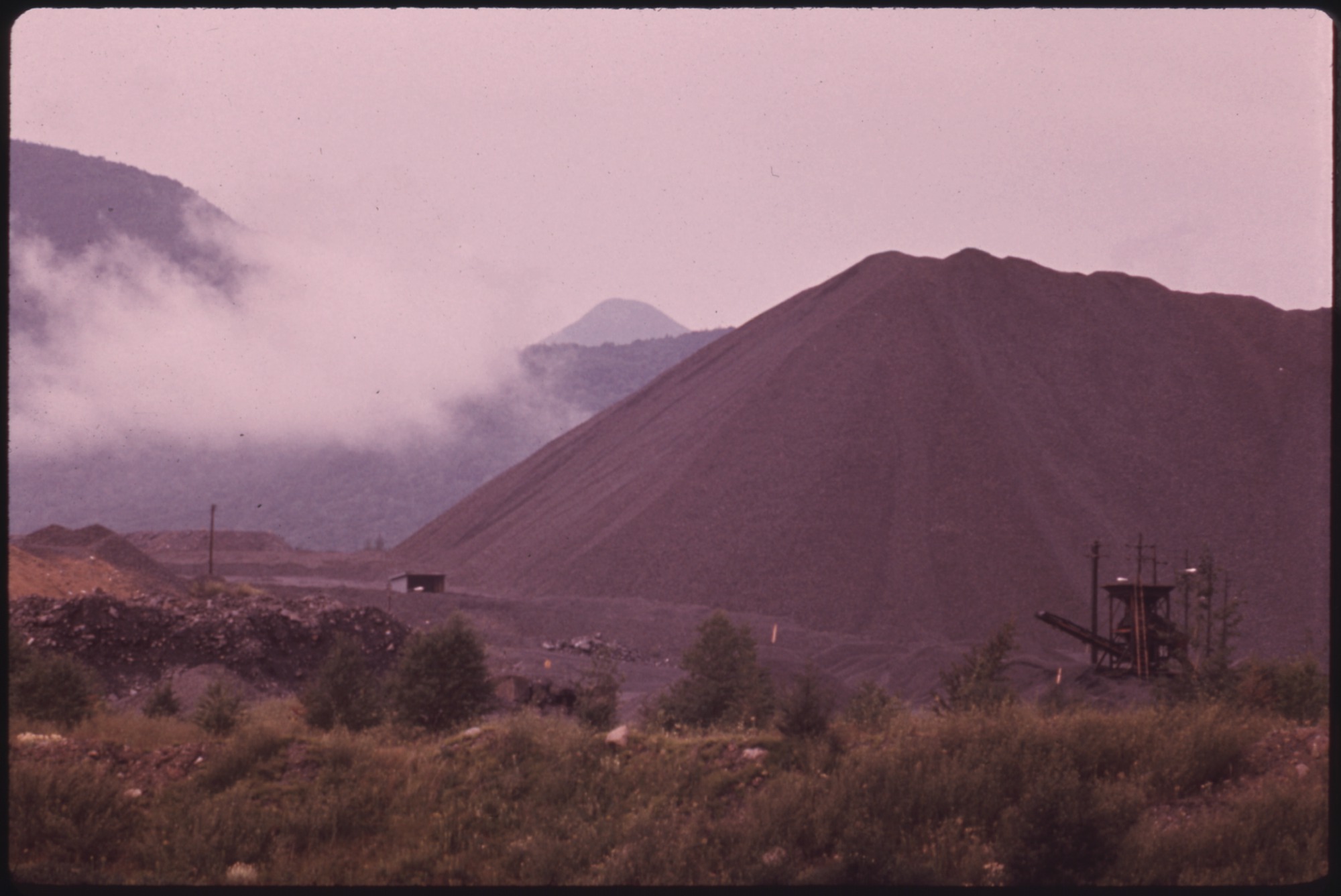

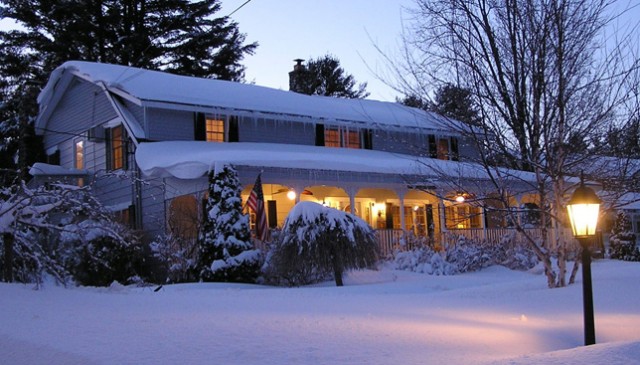

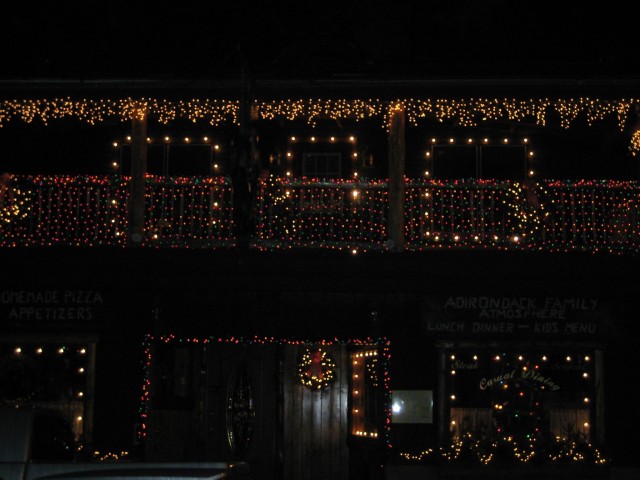
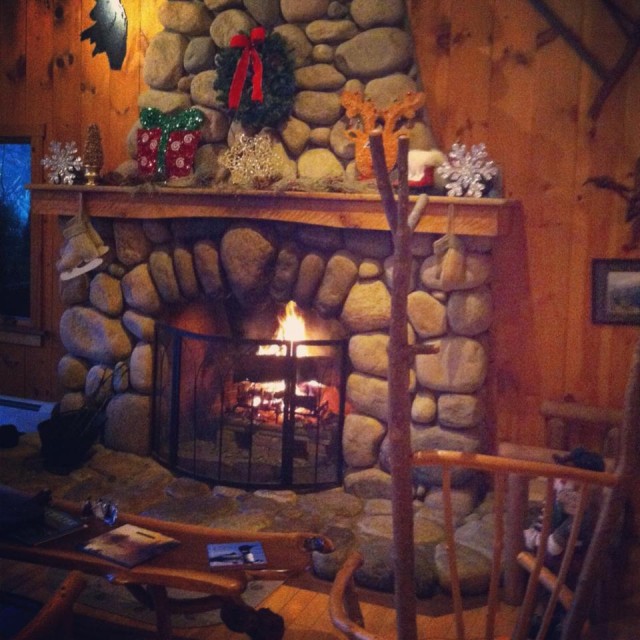

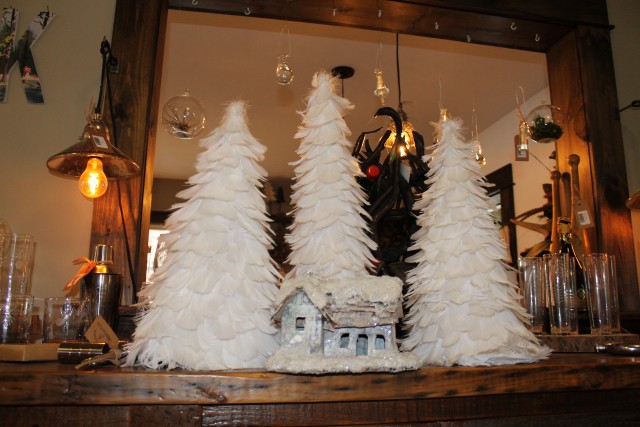

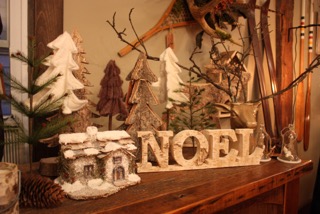
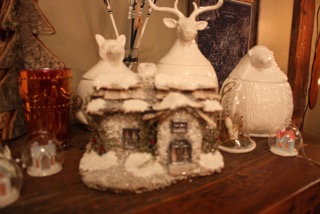

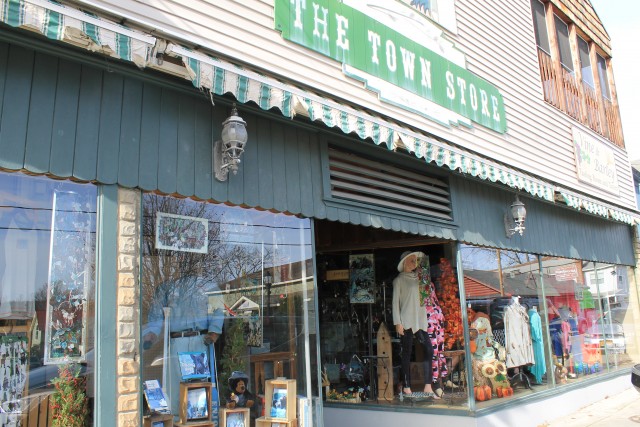

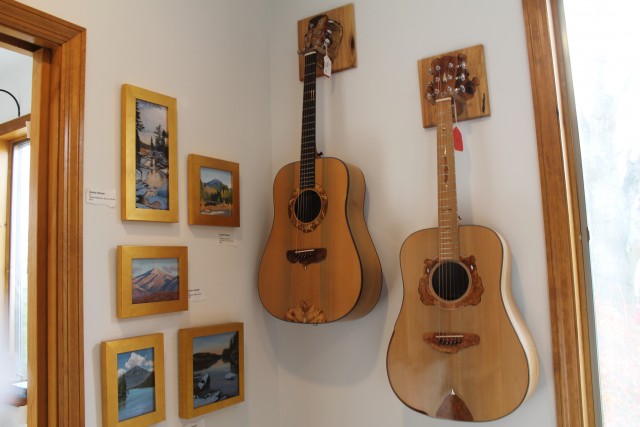

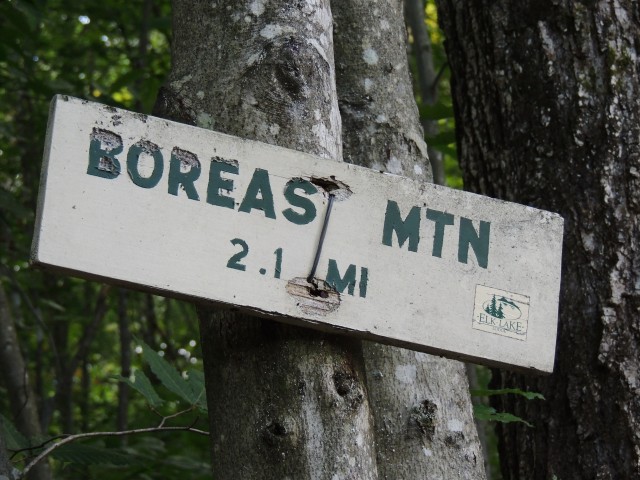
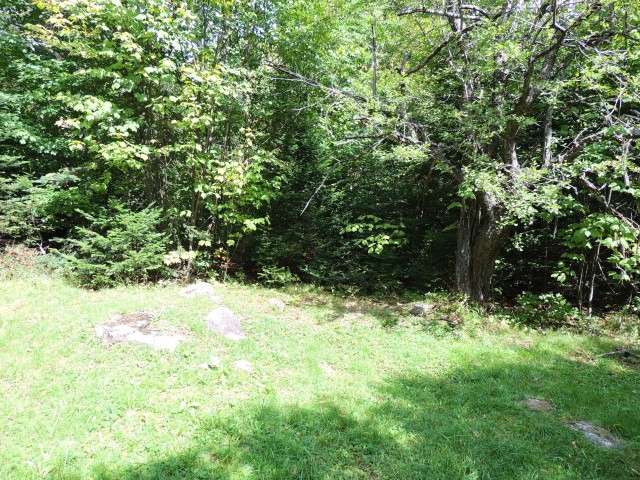
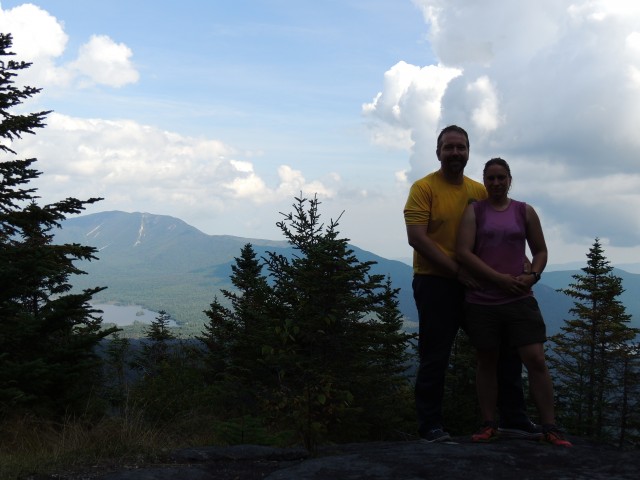
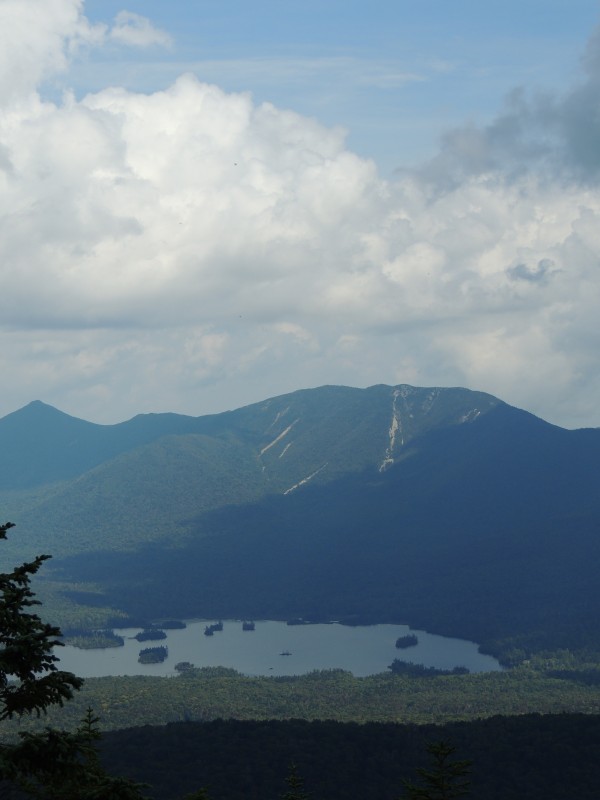
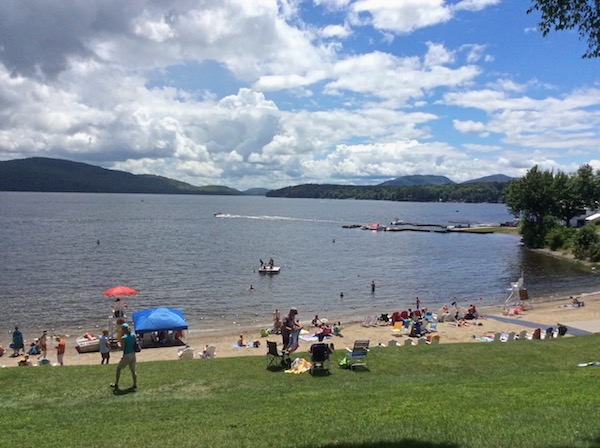
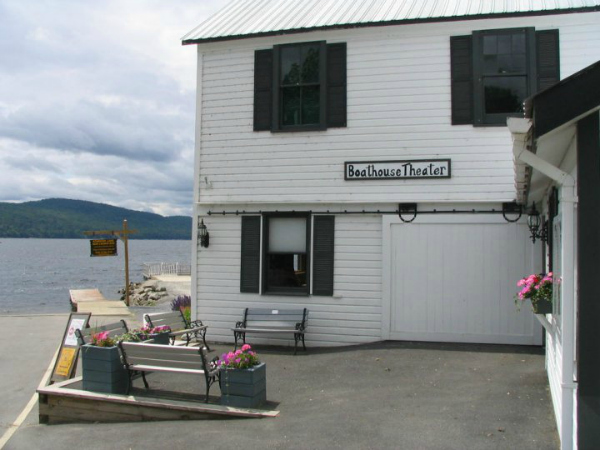

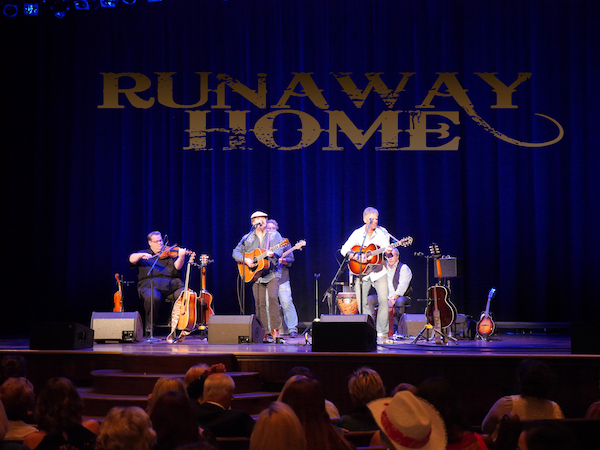
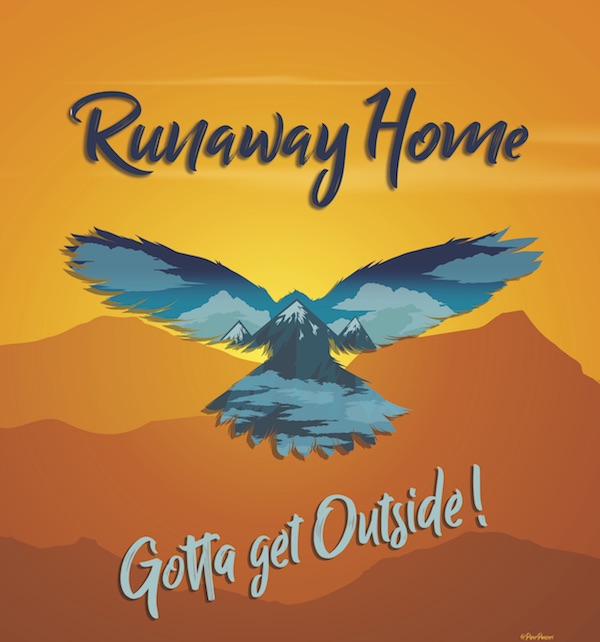
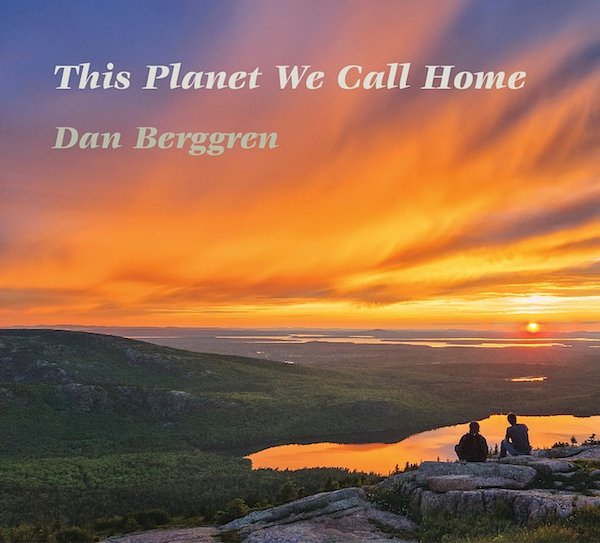
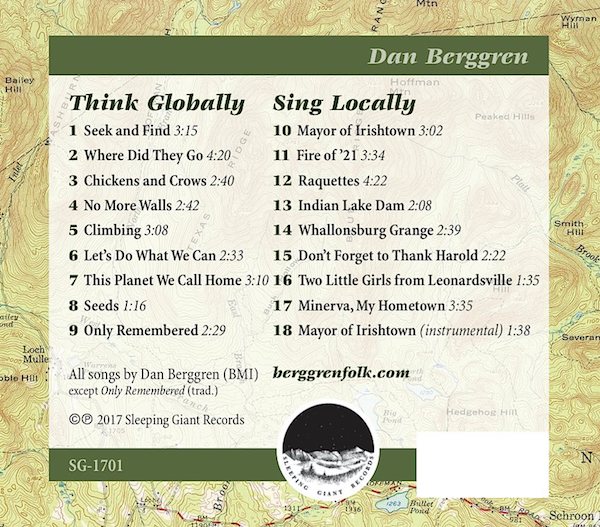
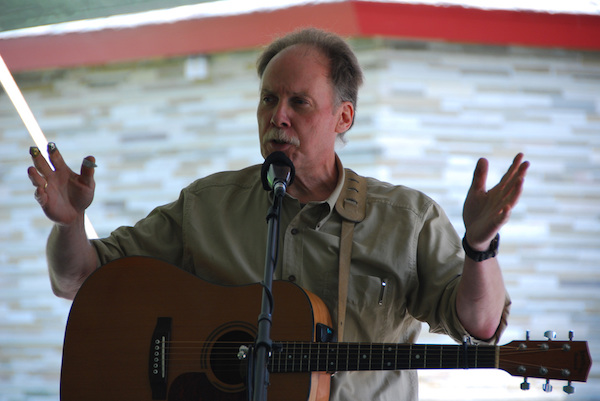
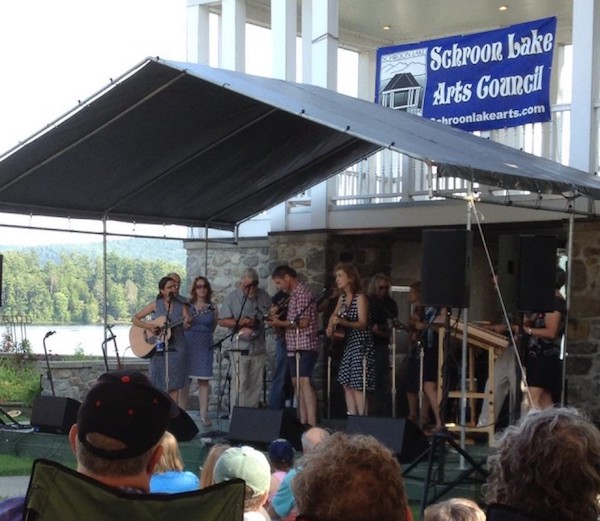
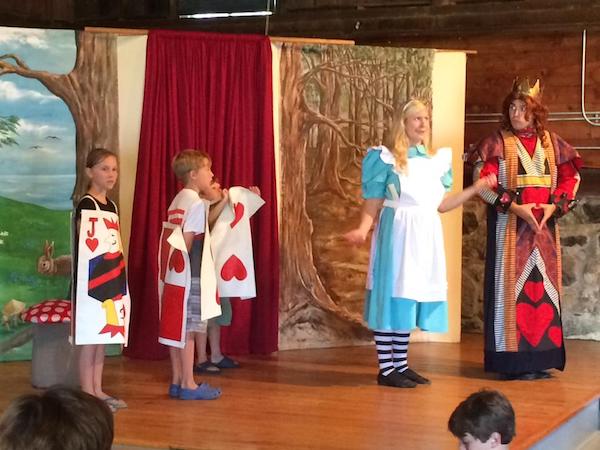
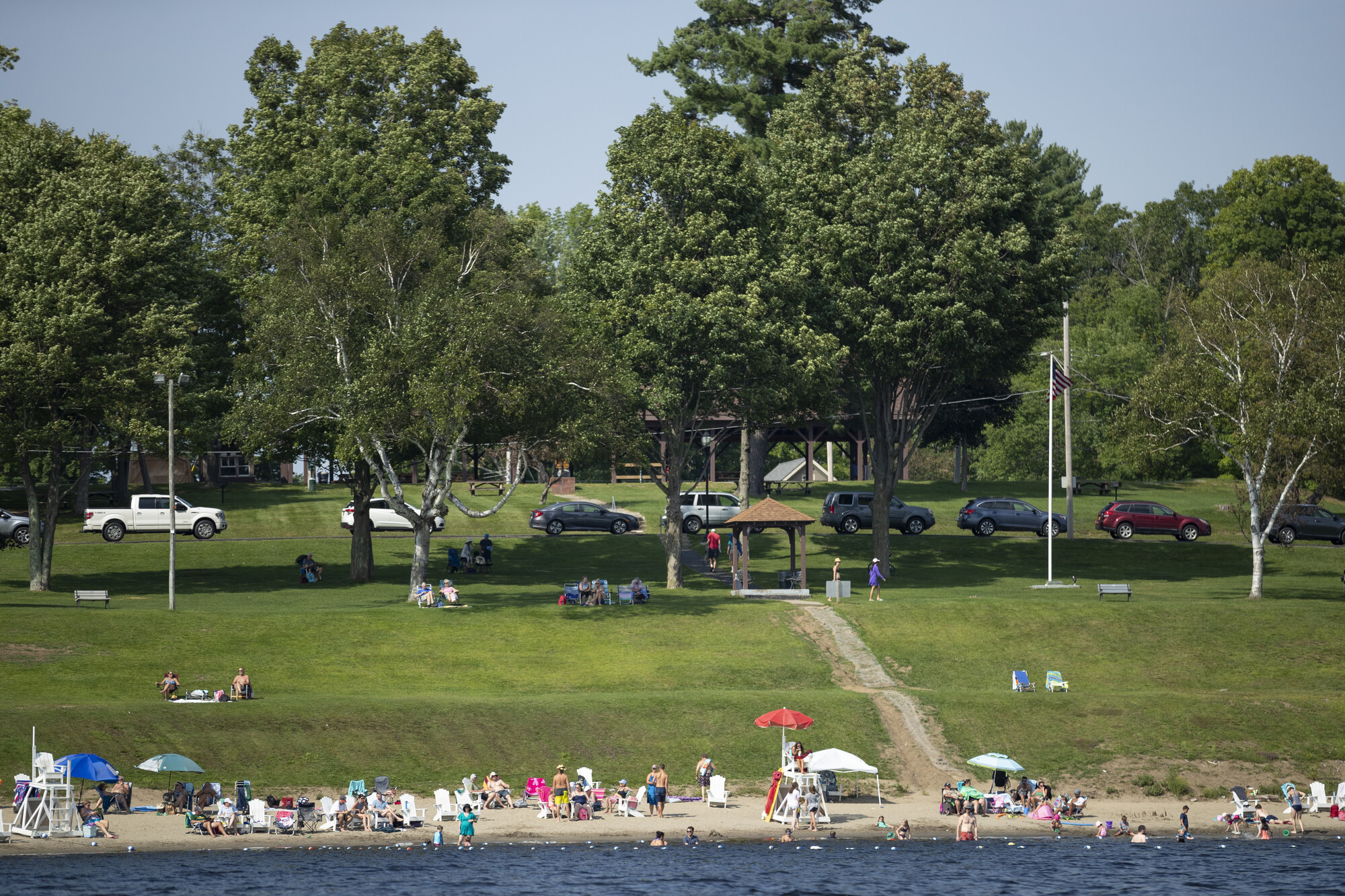
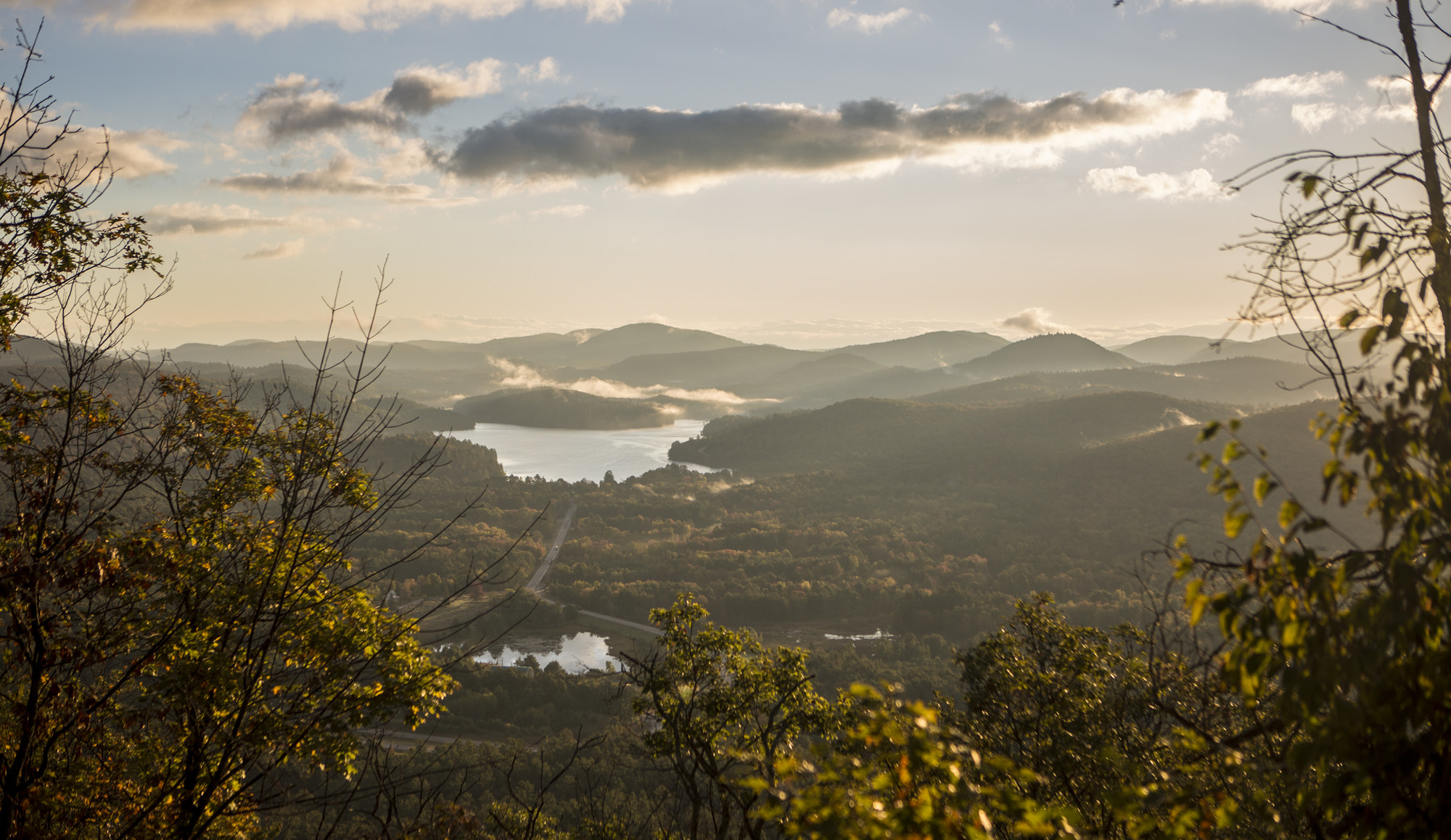
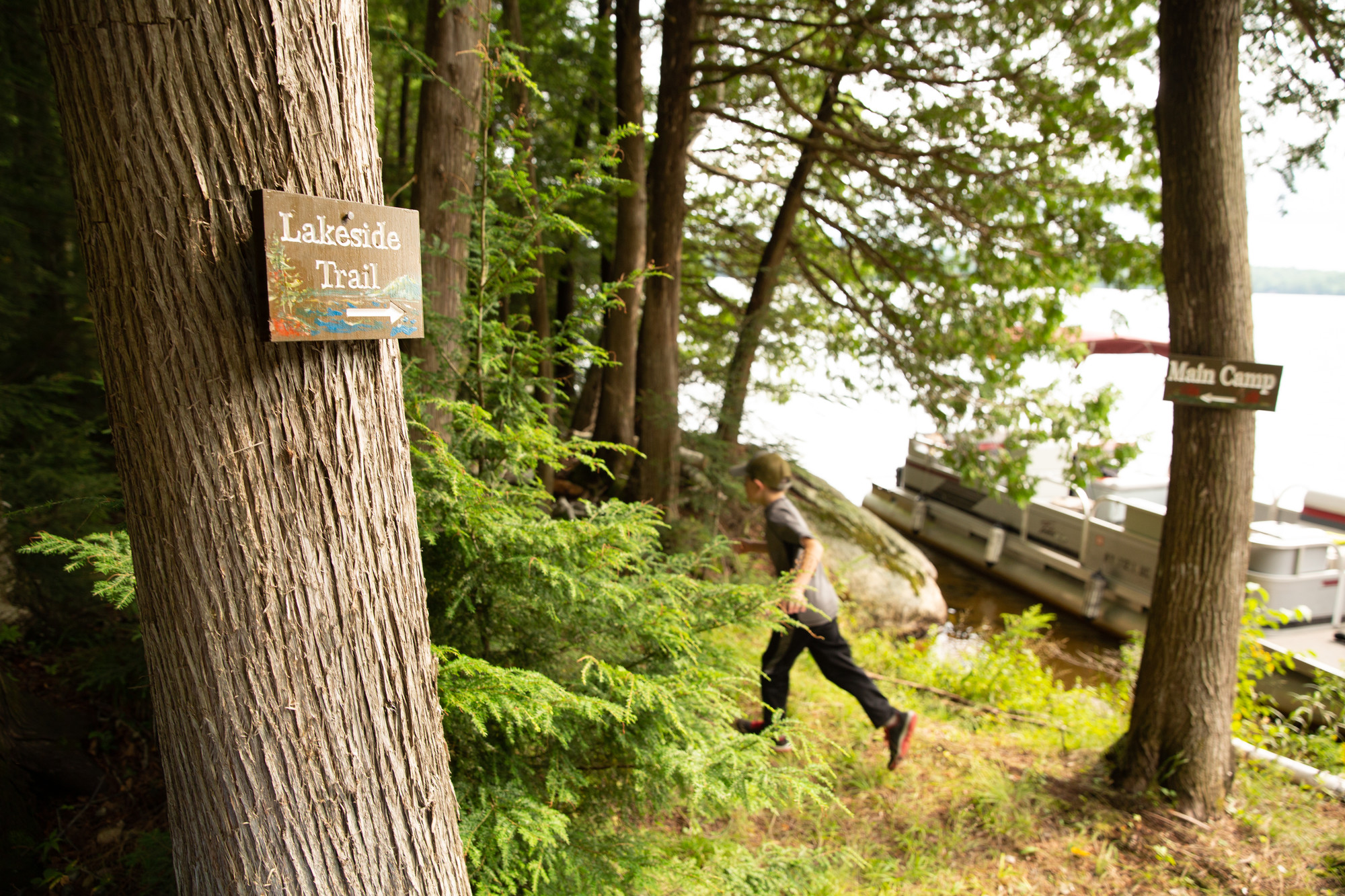
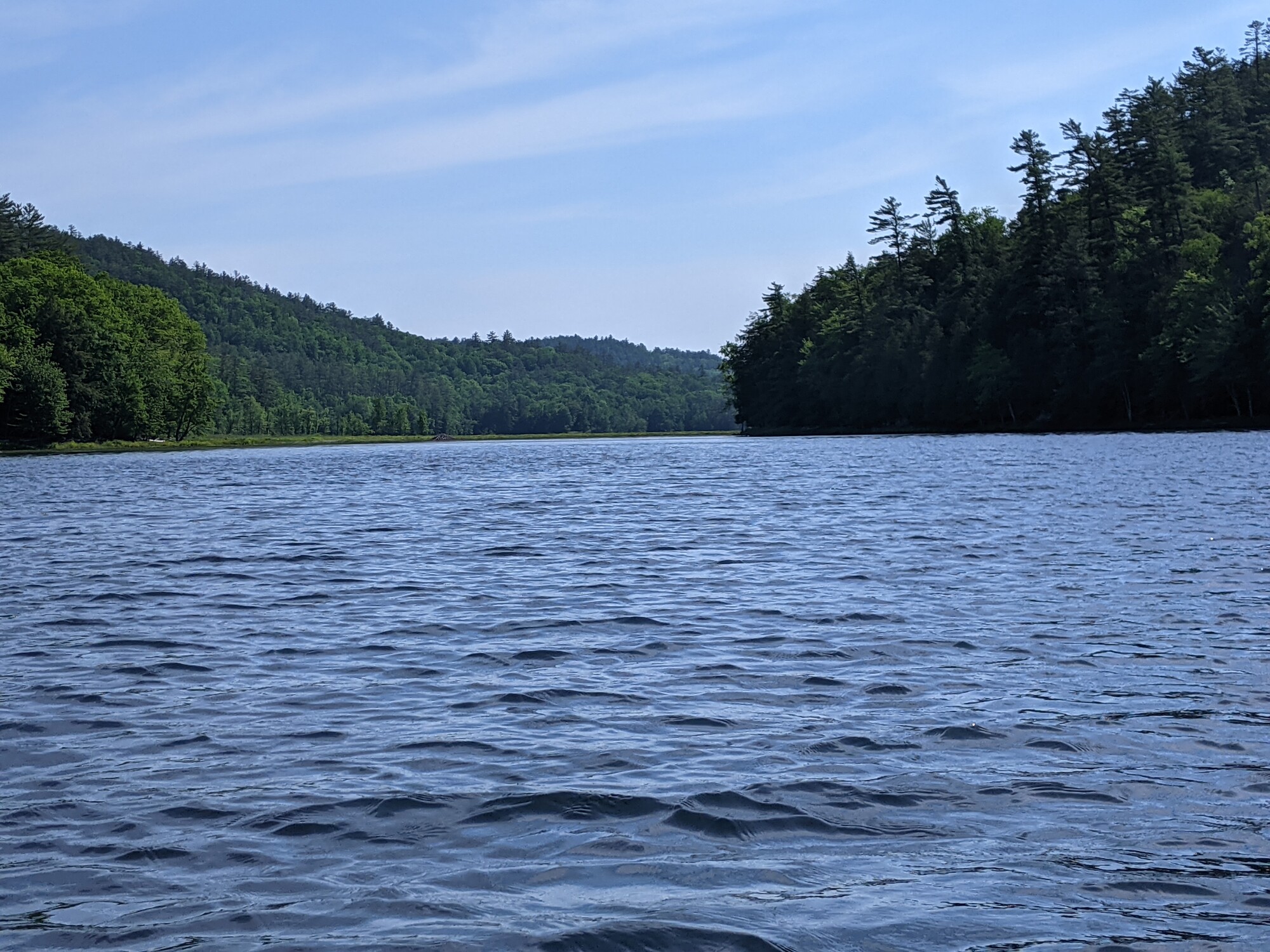
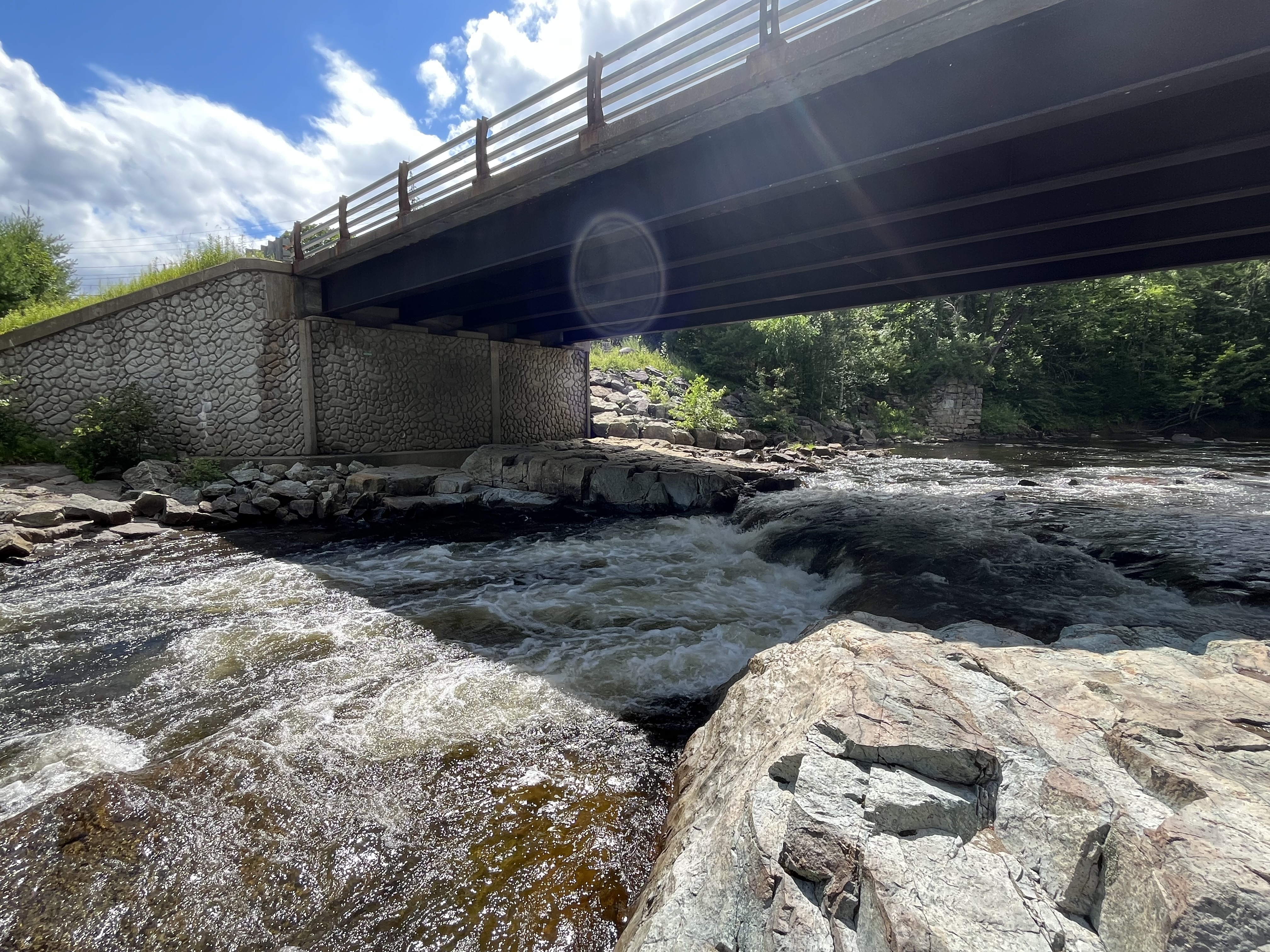
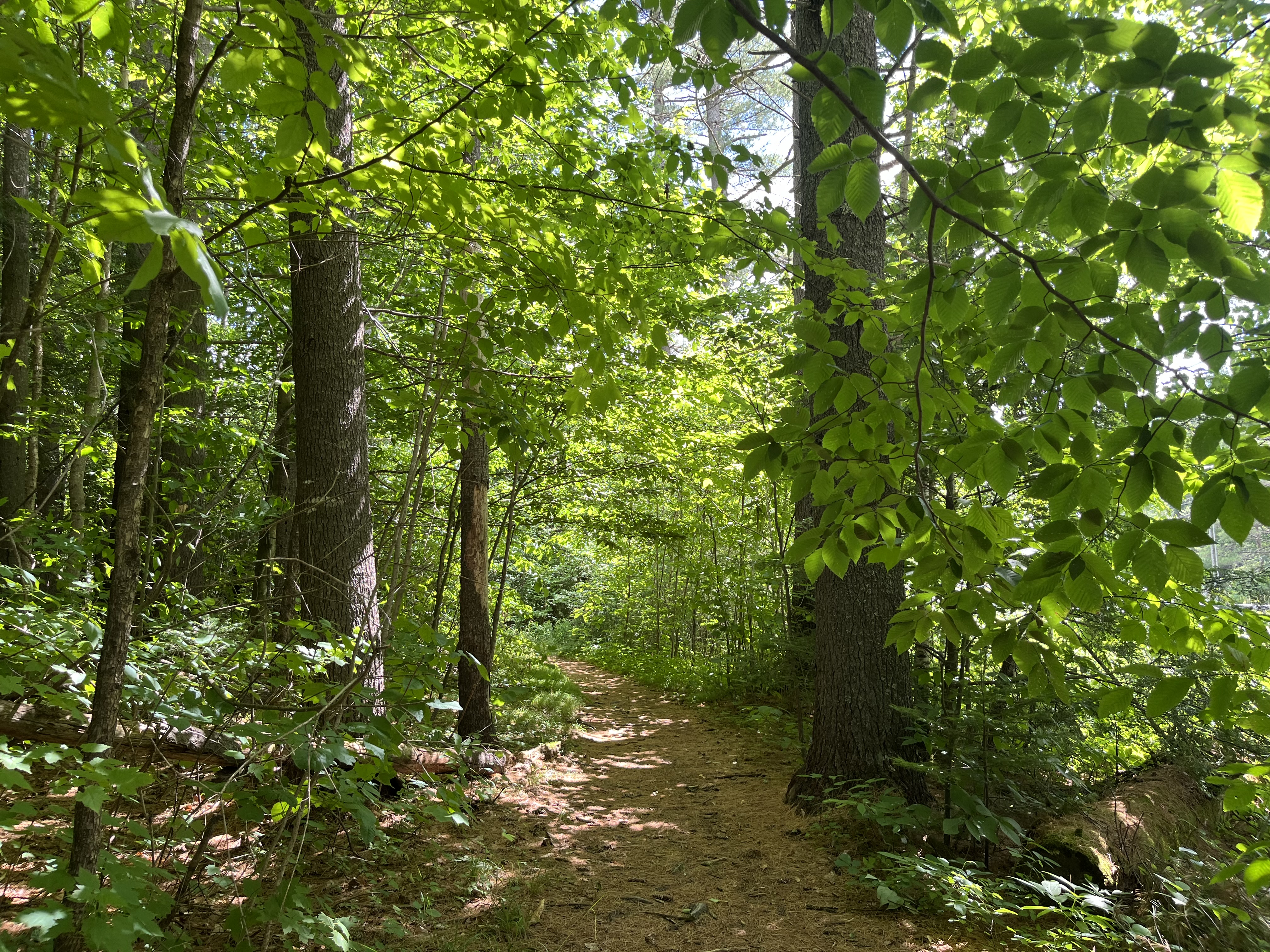



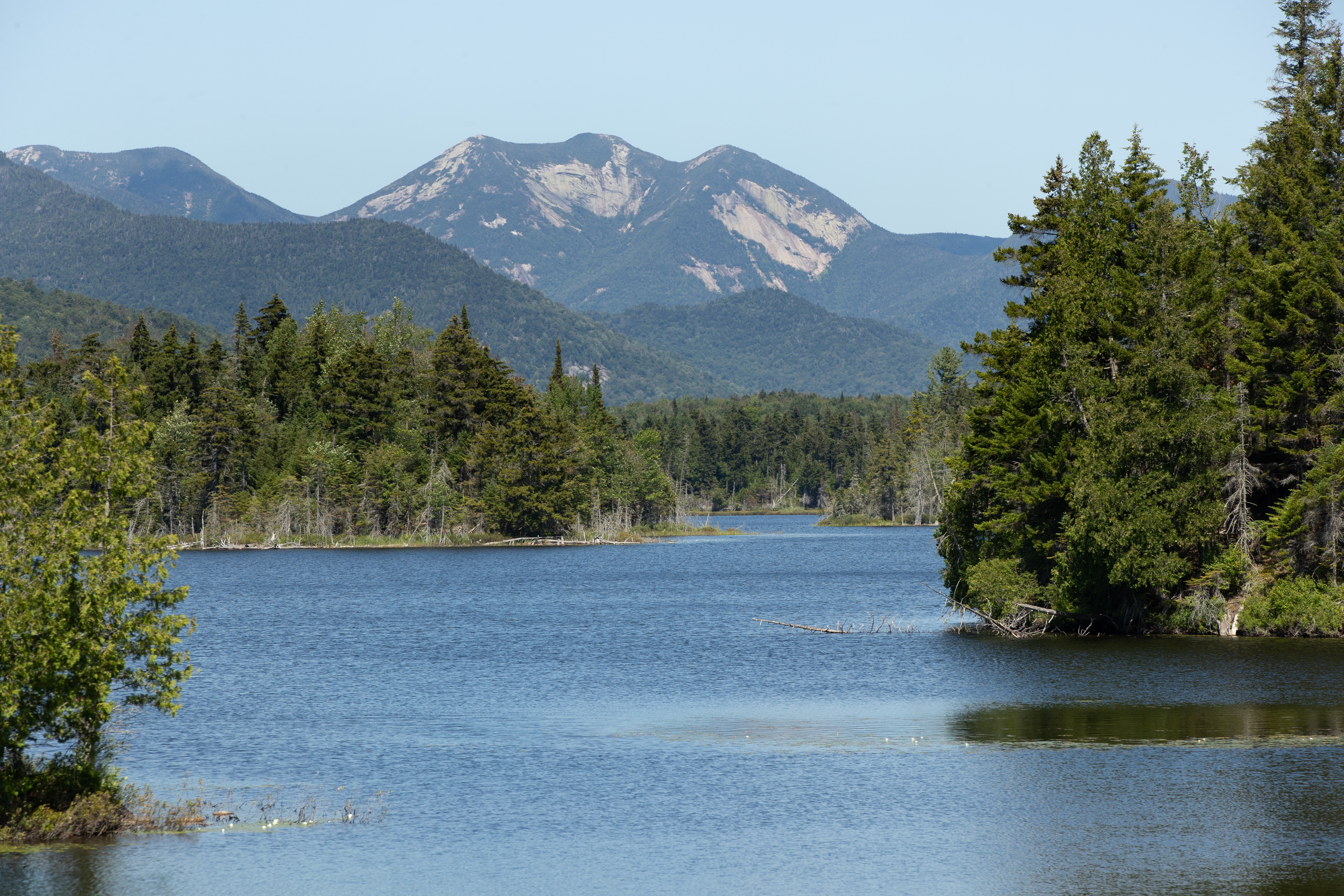
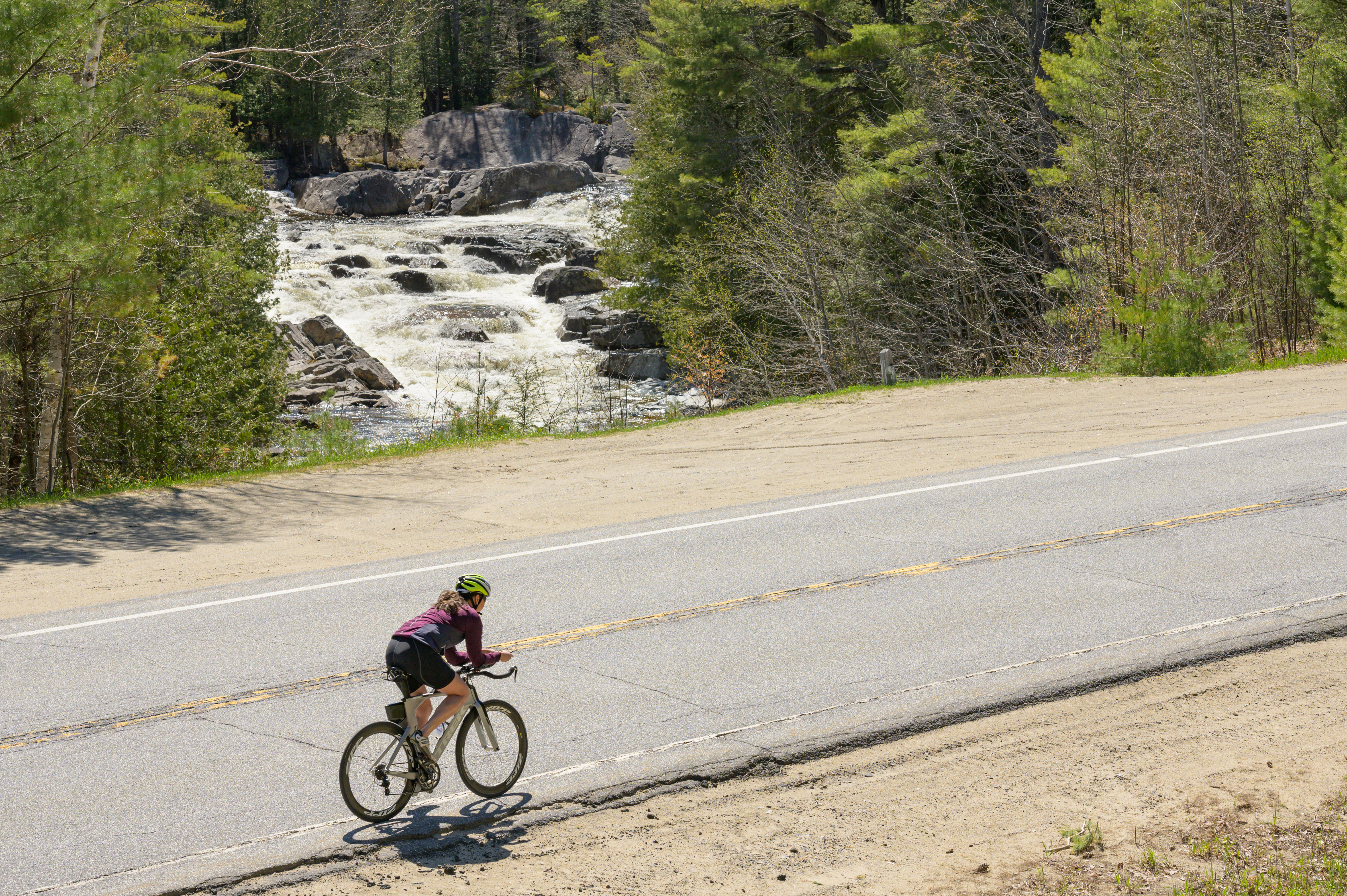
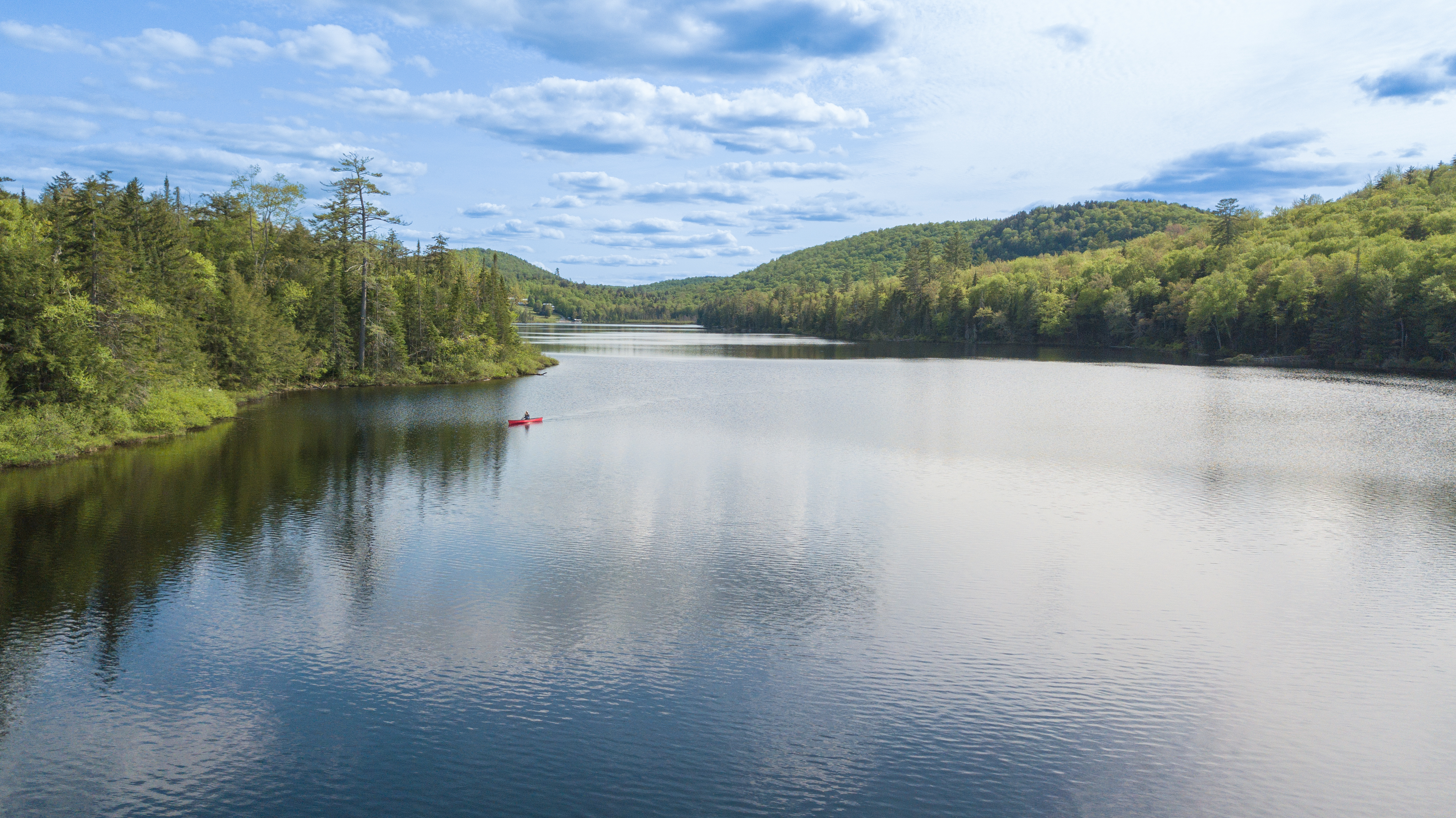
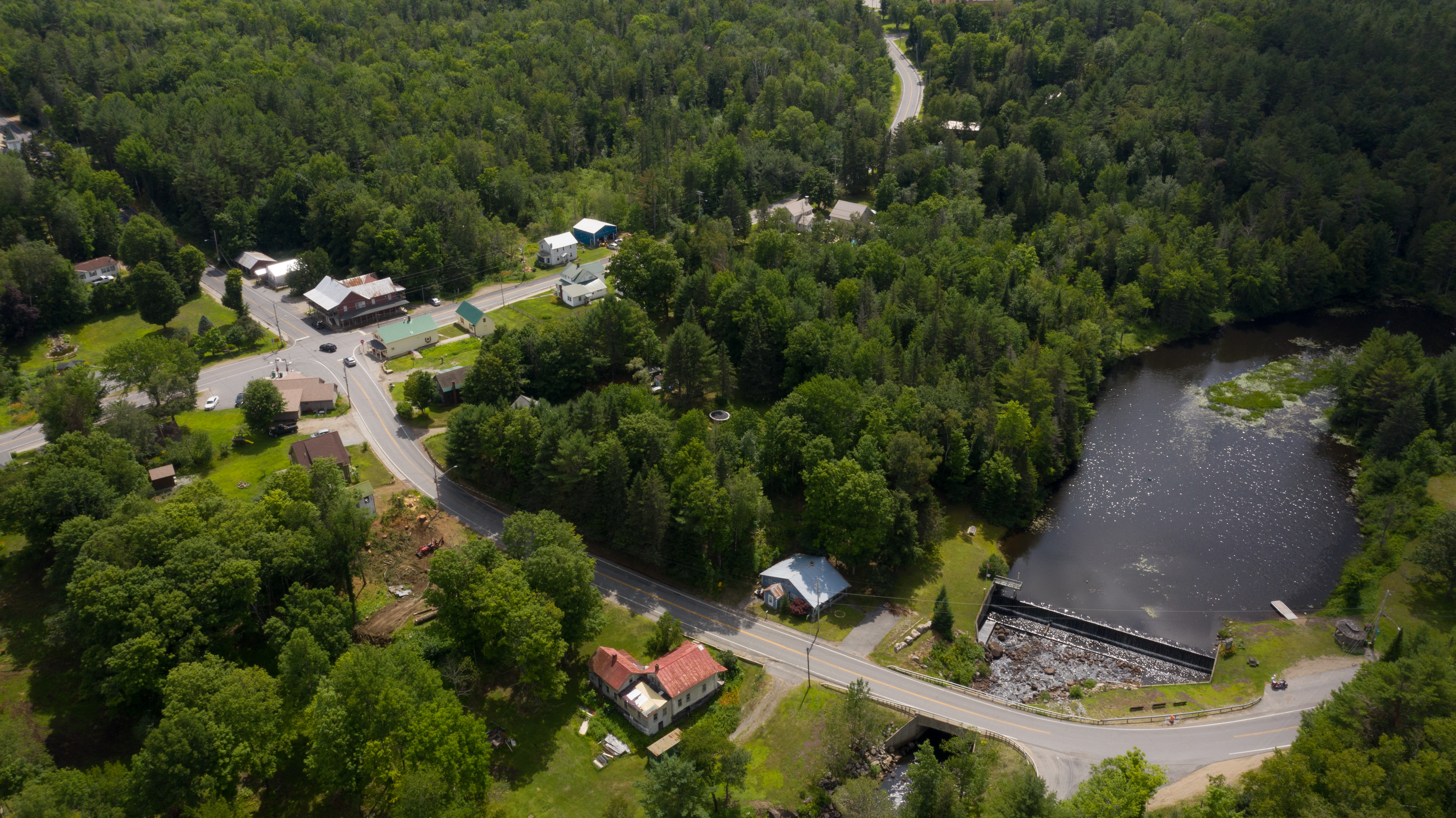
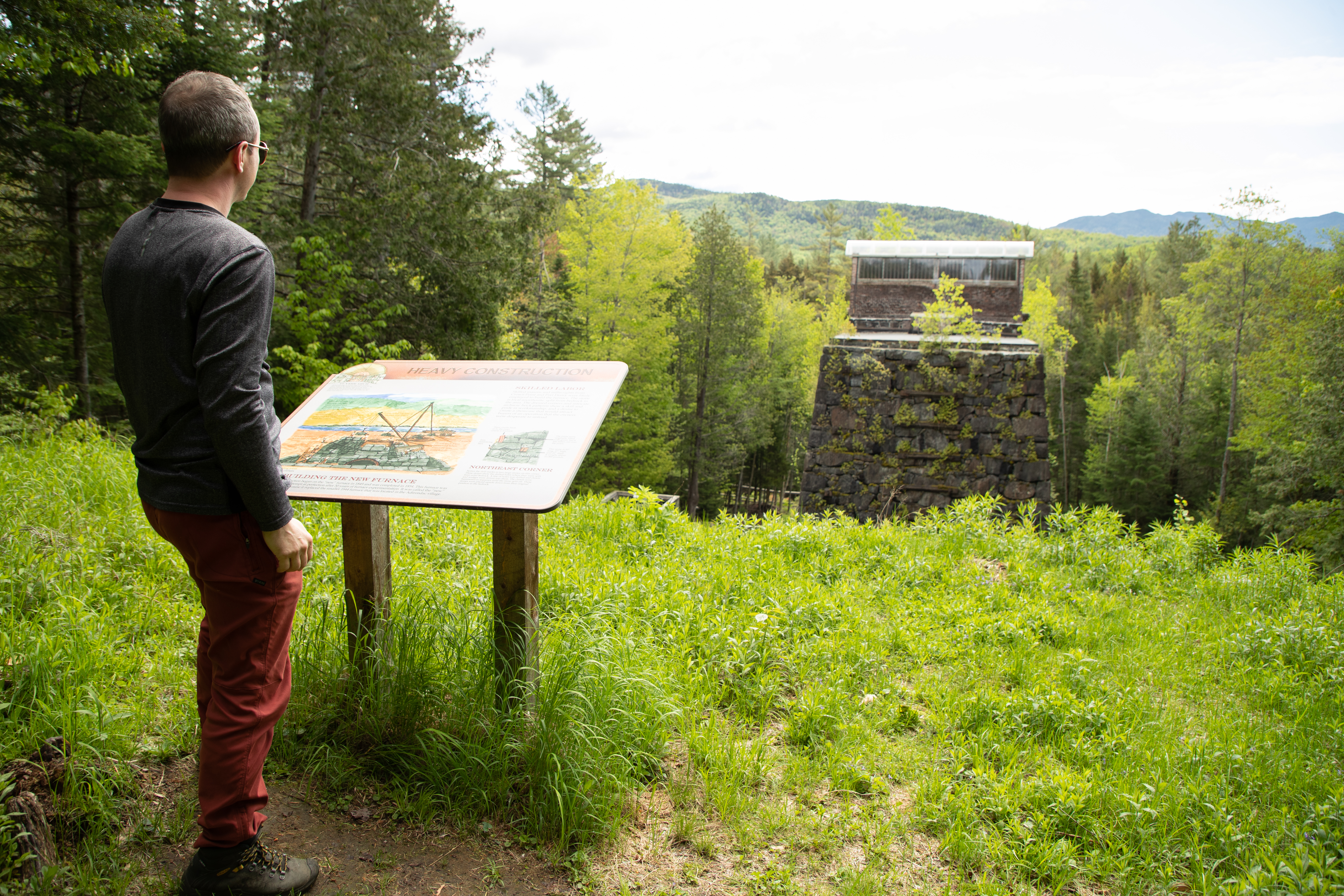

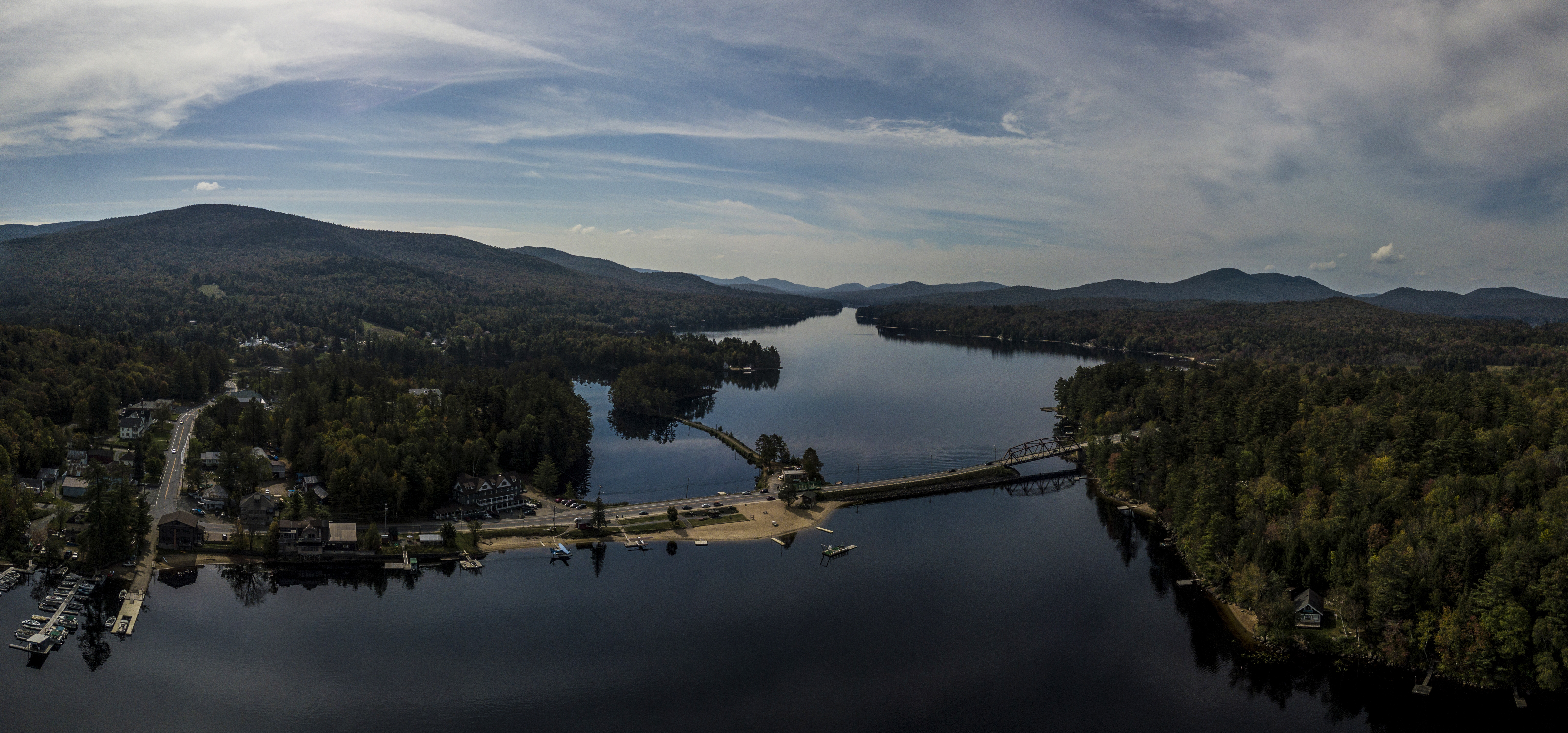 Centrally located in the Adirondacks, Long Lake is a four-season destination with abundant
Centrally located in the Adirondacks, Long Lake is a four-season destination with abundant 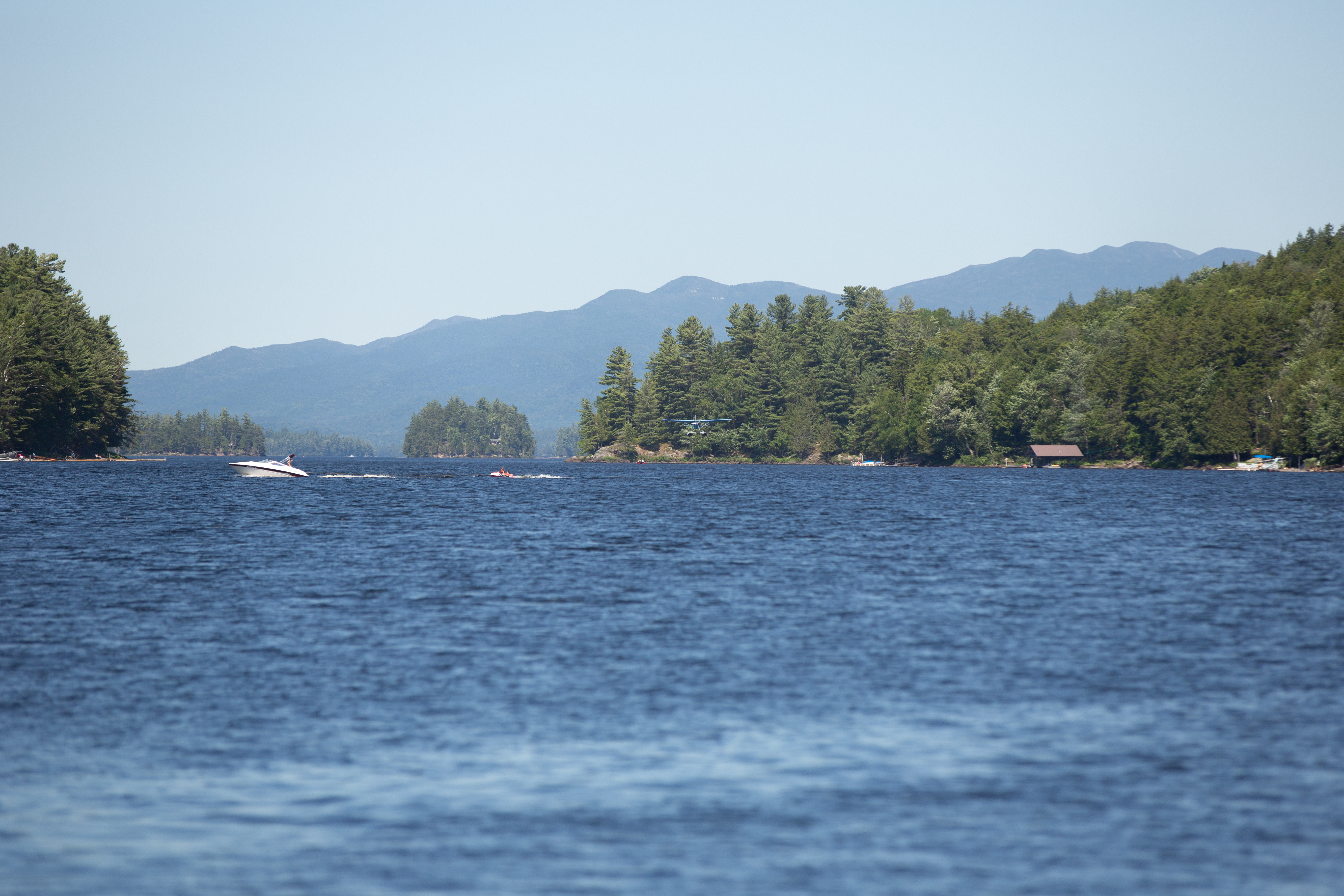
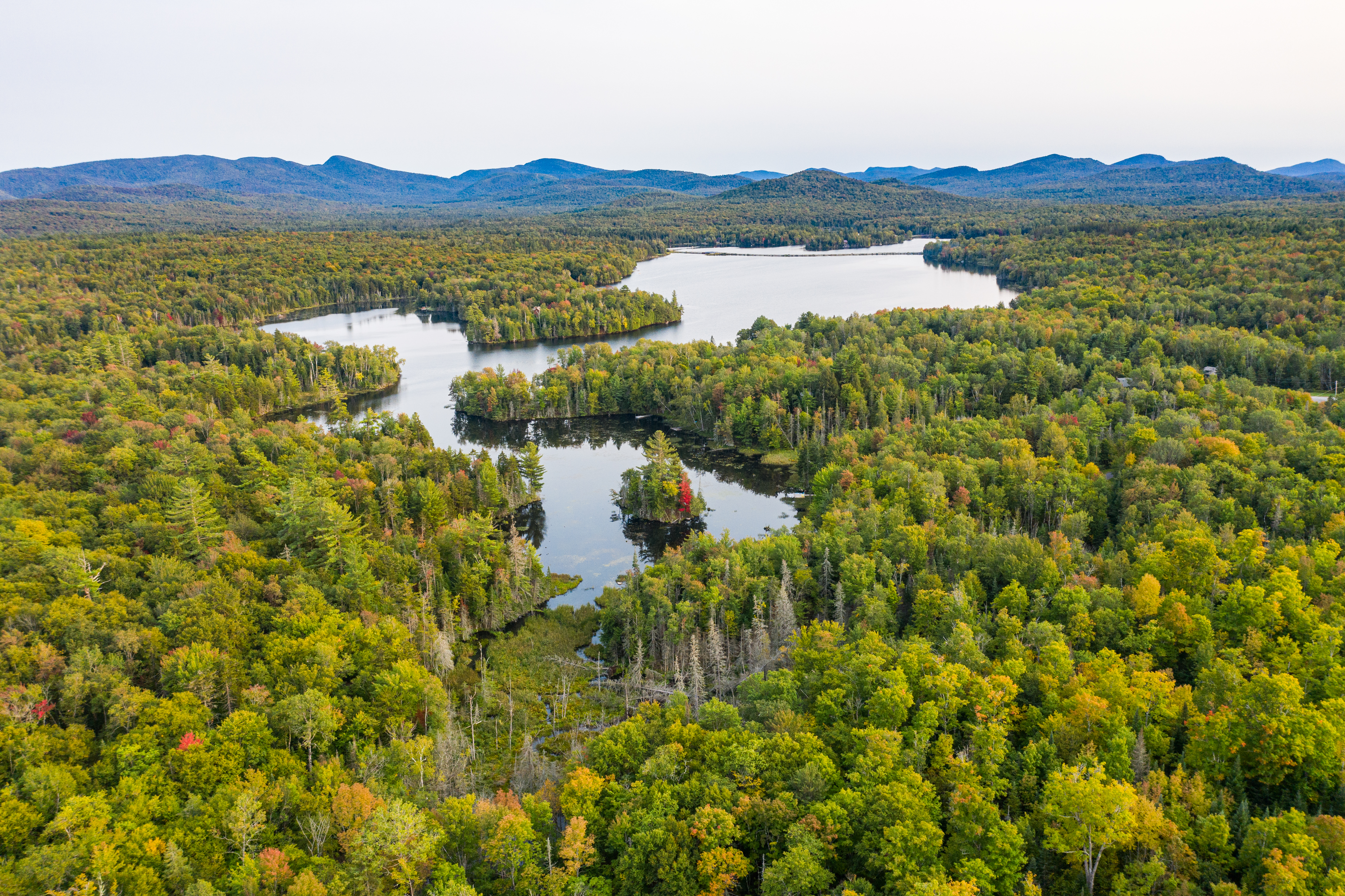 Surrounding itself with mountains, lakes, streams, even waterfalls, the adventurer in you will never get bored! Whatever the season, Indian Lake knows how to keep you coming back for more. In summer, experience Music in the Park with the Summer Concert Series. Check in often to visit our historic summer festivals and parades! The fun doesn’t stop after the warmer months, either. When the leaves start to change around here, Indian lake welcomes the fall season with weekend after weekend of festivals and festivities like the
Surrounding itself with mountains, lakes, streams, even waterfalls, the adventurer in you will never get bored! Whatever the season, Indian Lake knows how to keep you coming back for more. In summer, experience Music in the Park with the Summer Concert Series. Check in often to visit our historic summer festivals and parades! The fun doesn’t stop after the warmer months, either. When the leaves start to change around here, Indian lake welcomes the fall season with weekend after weekend of festivals and festivities like the 